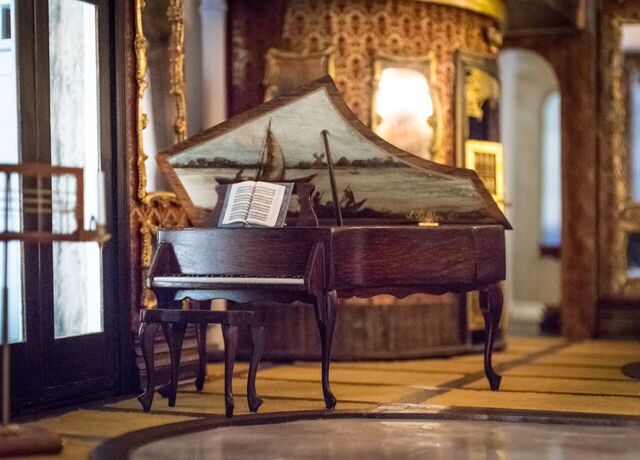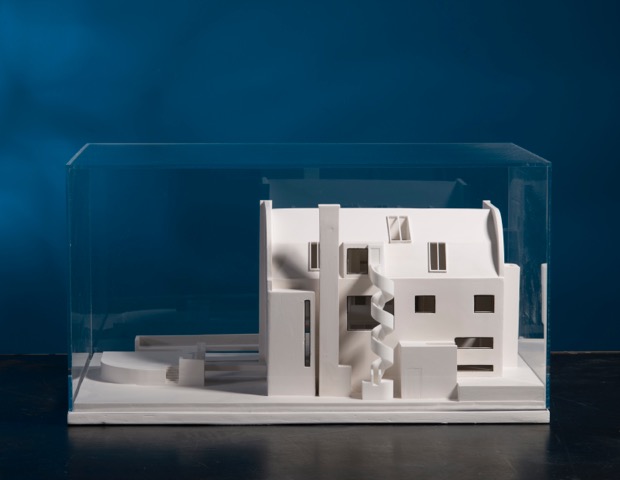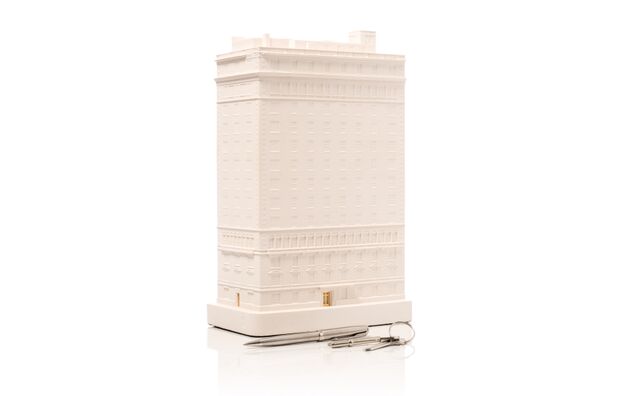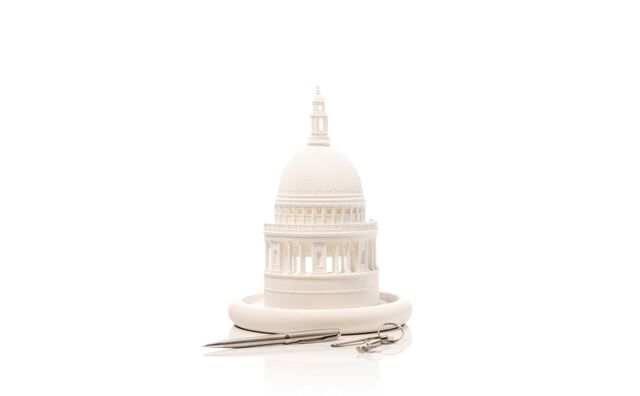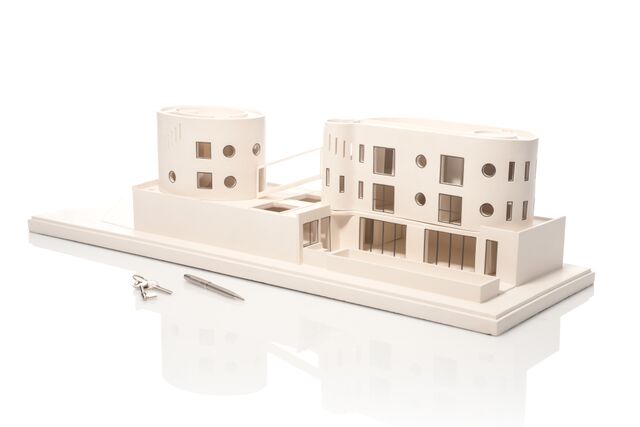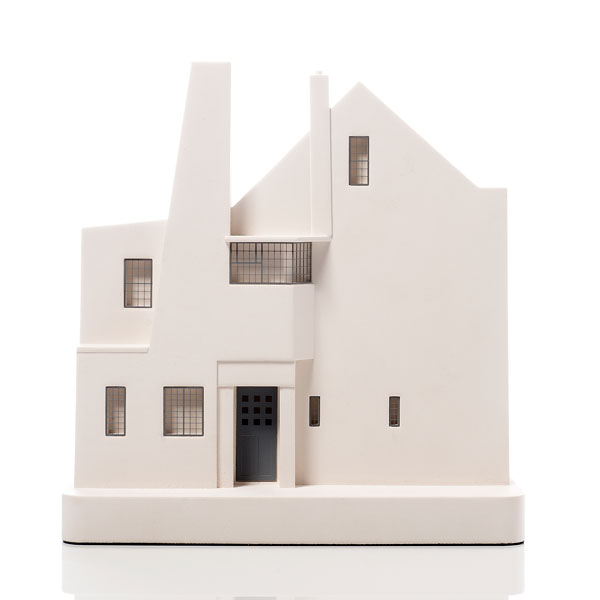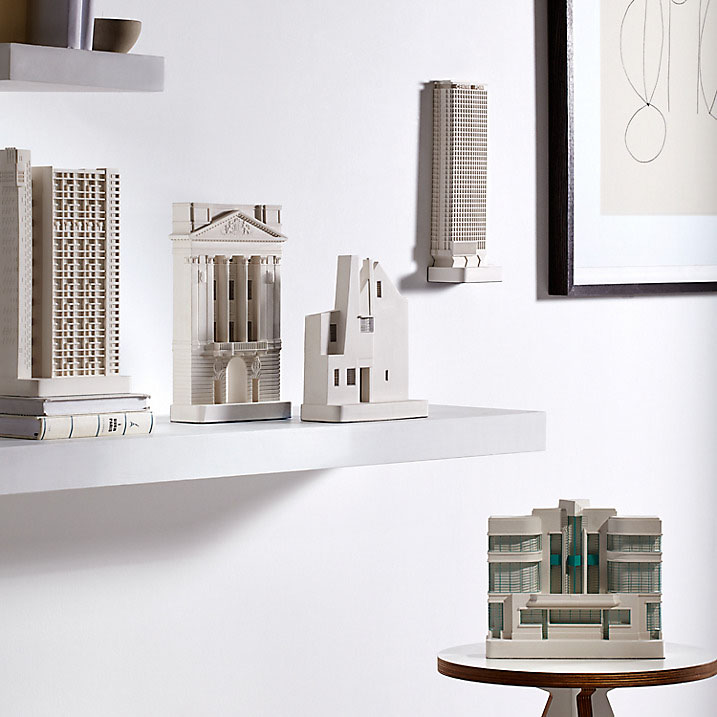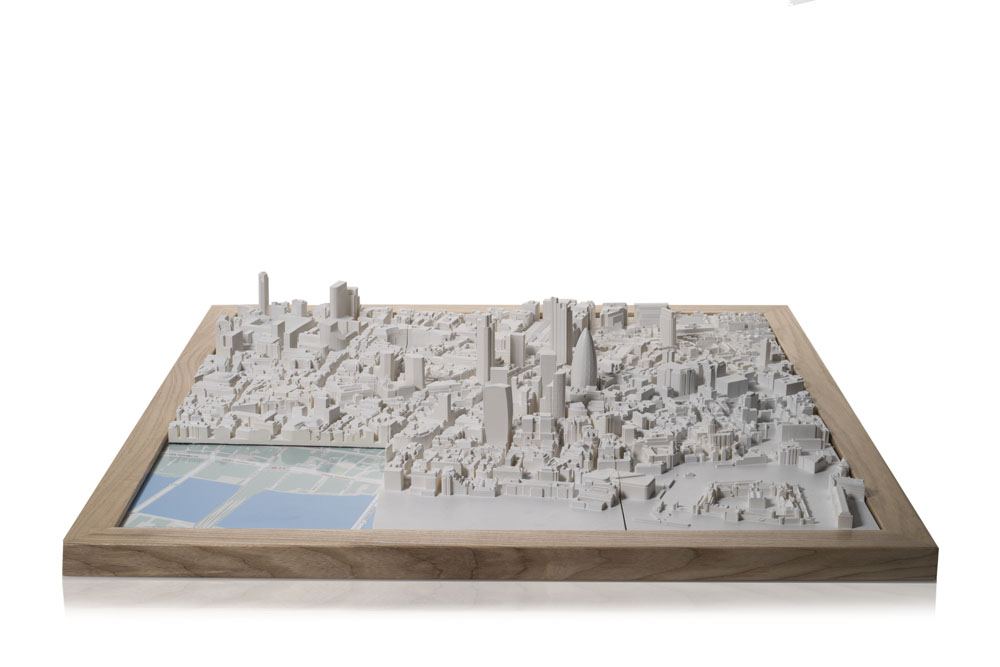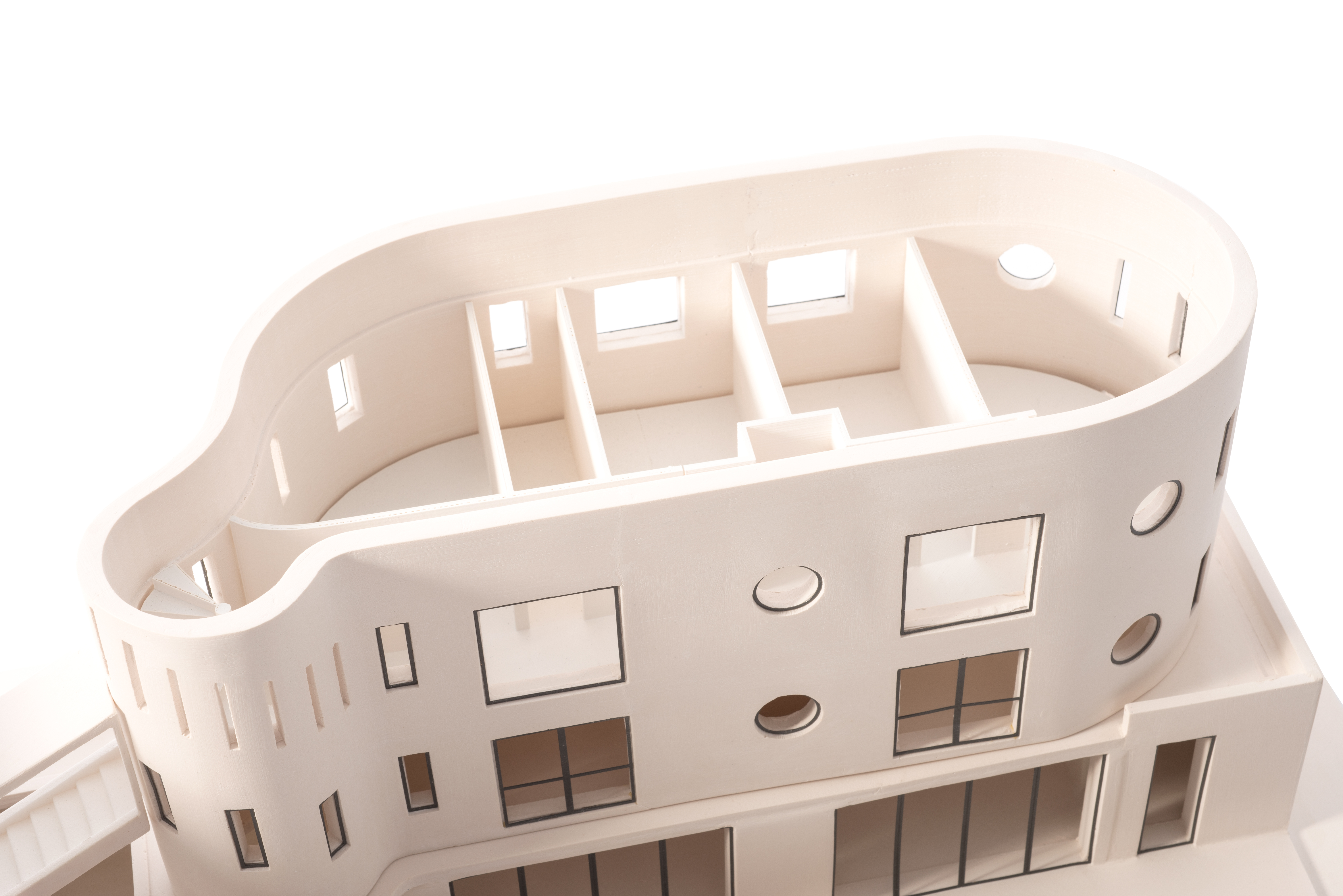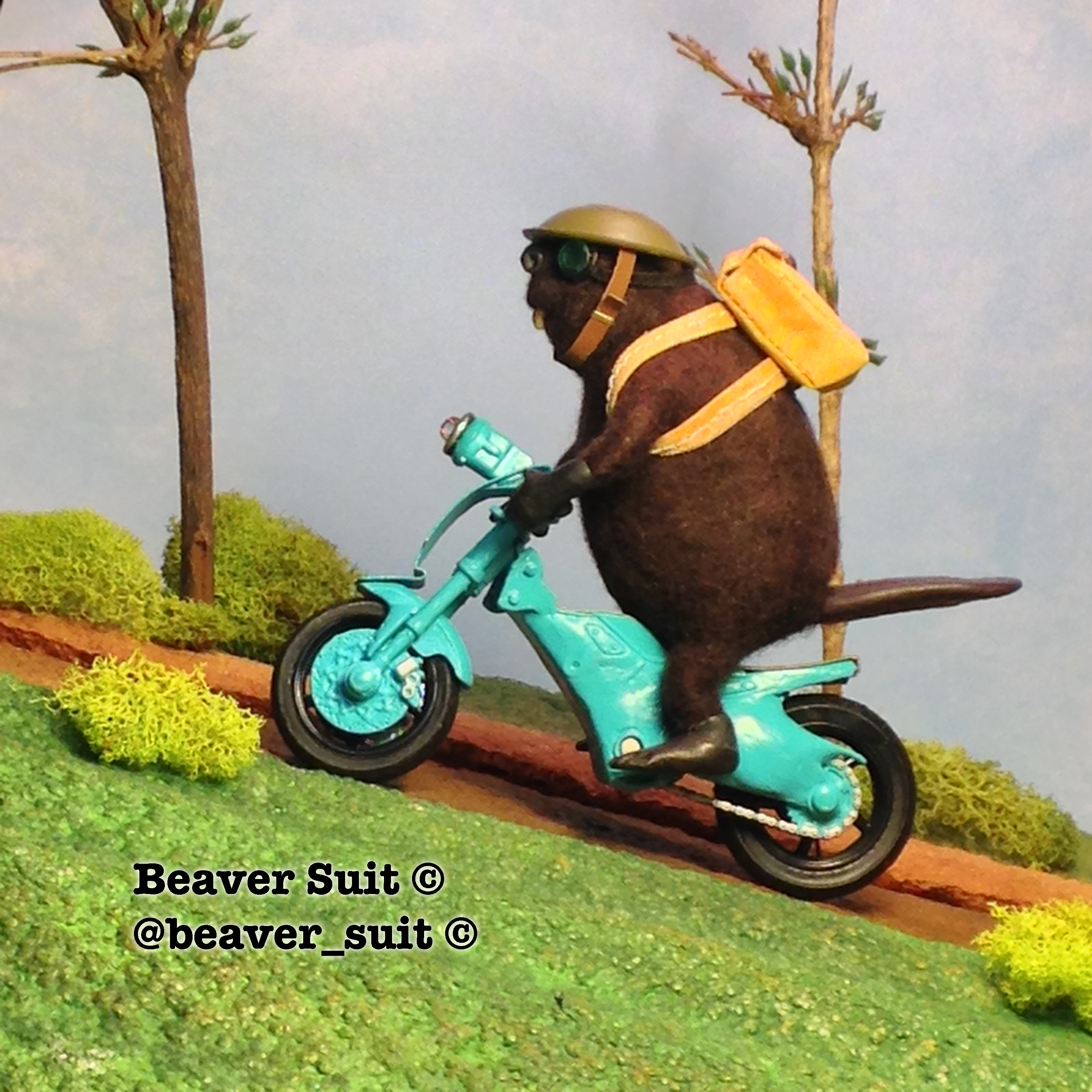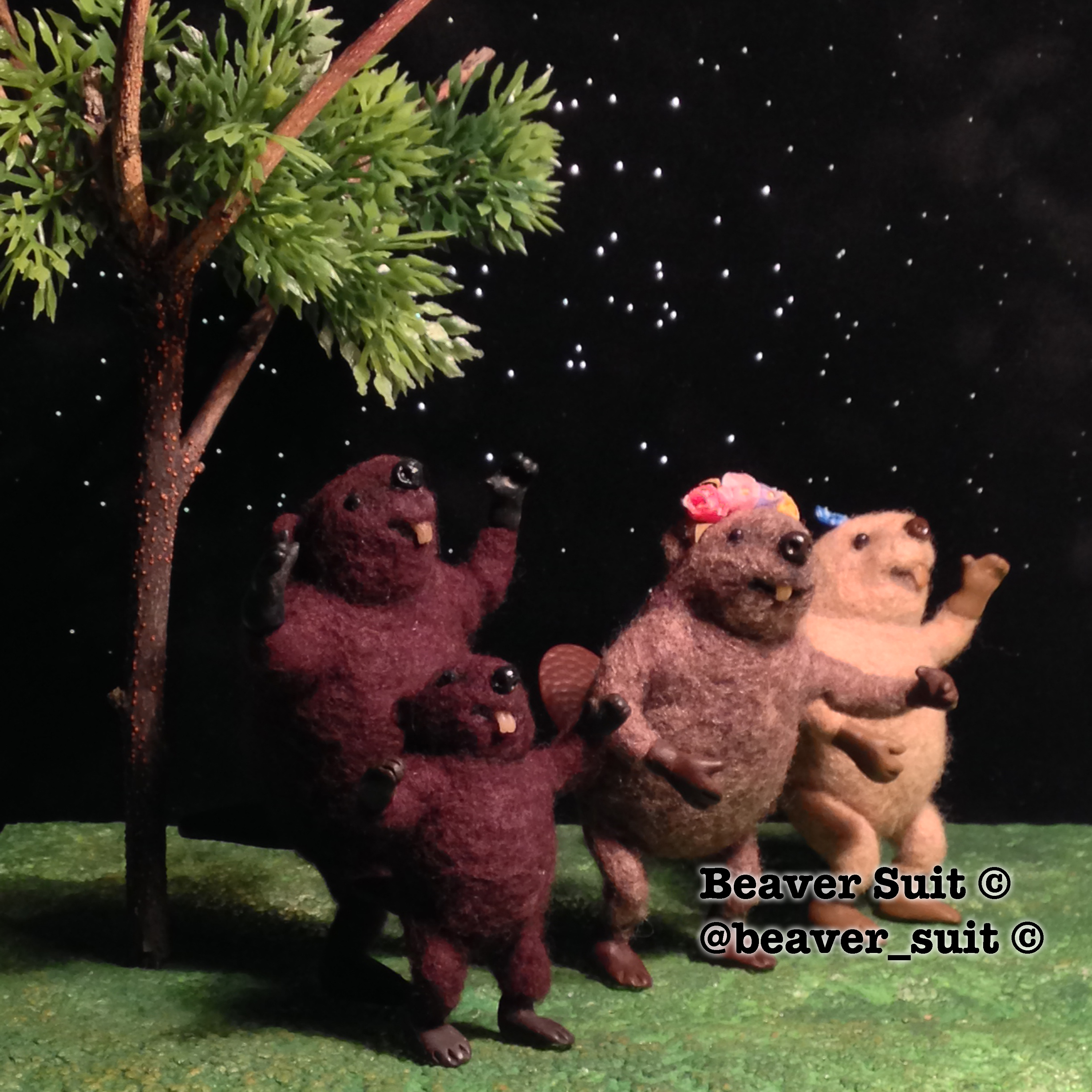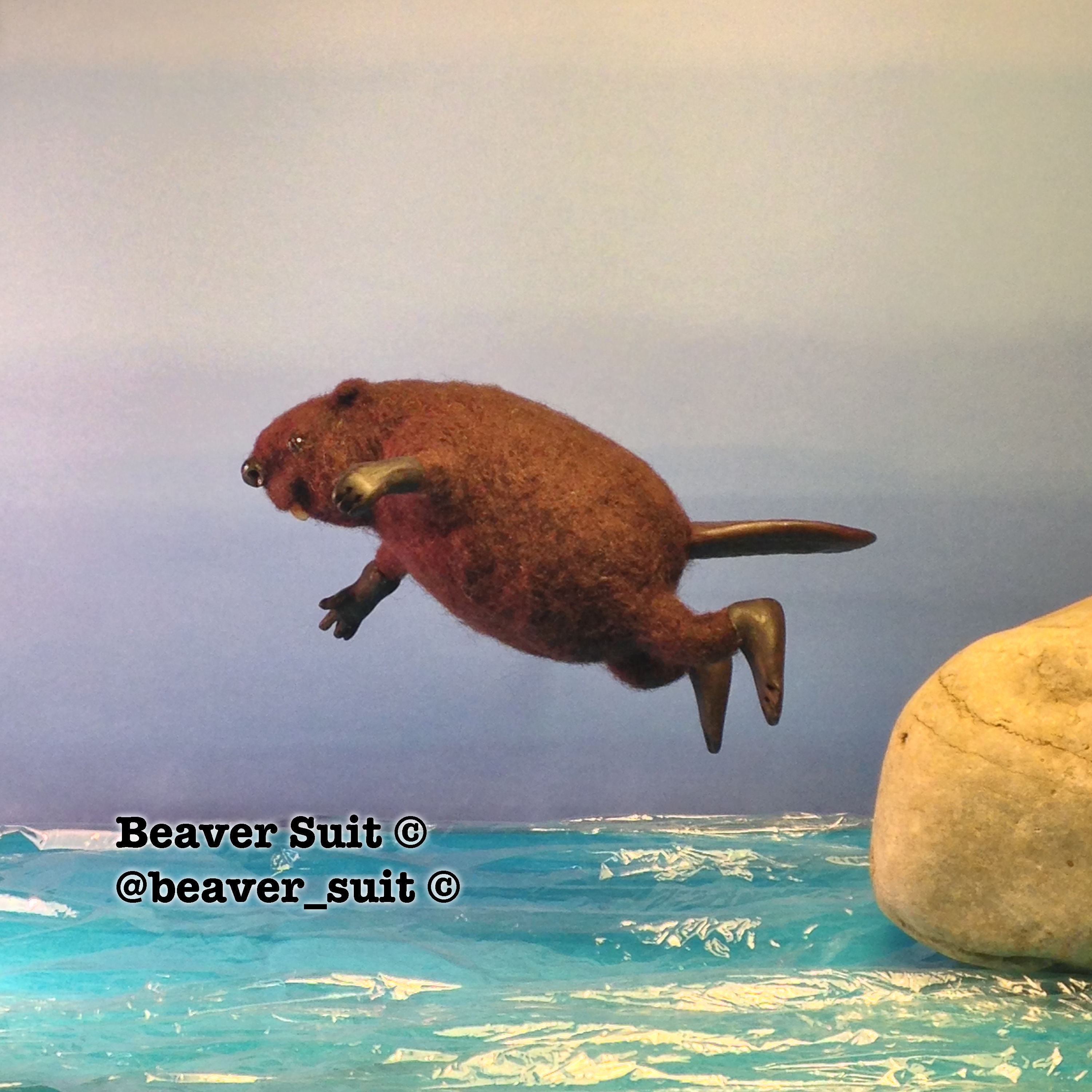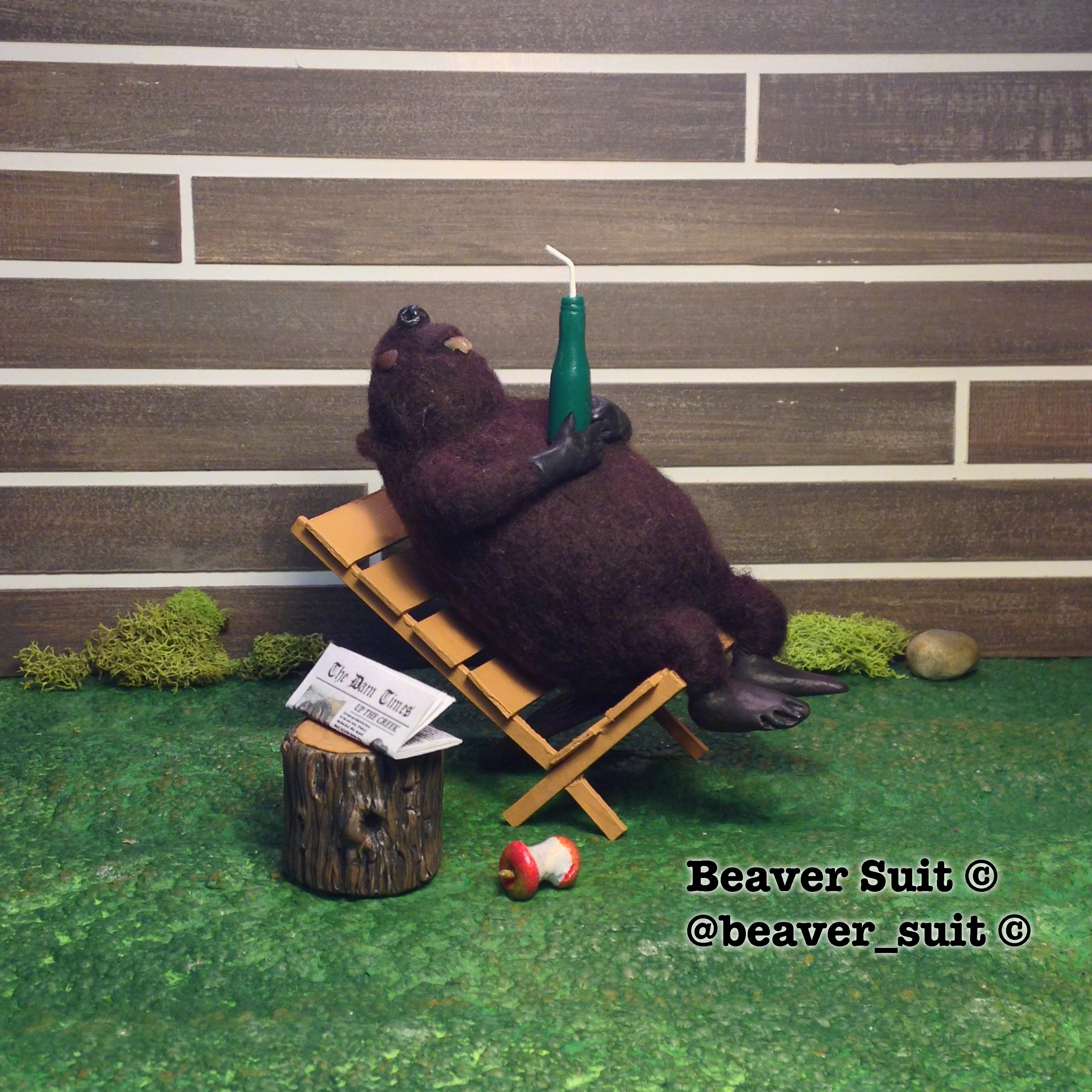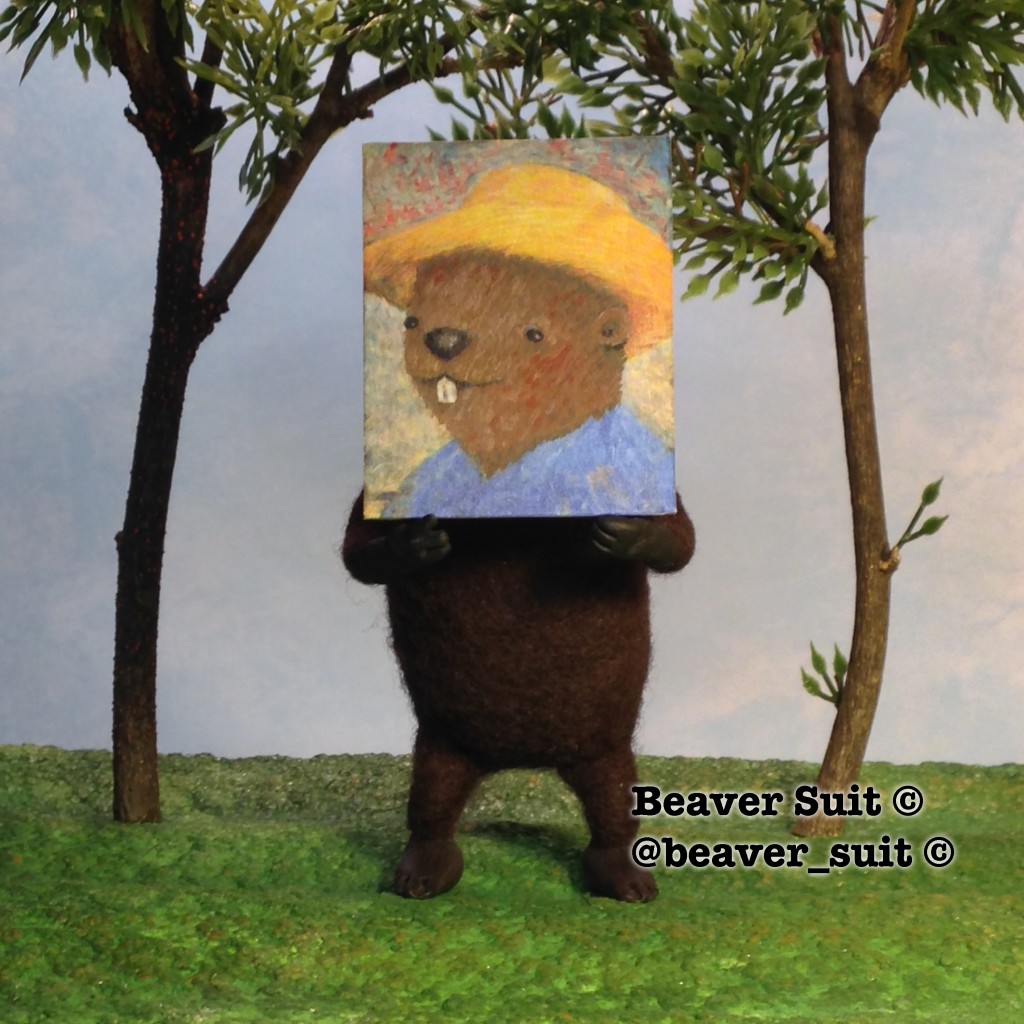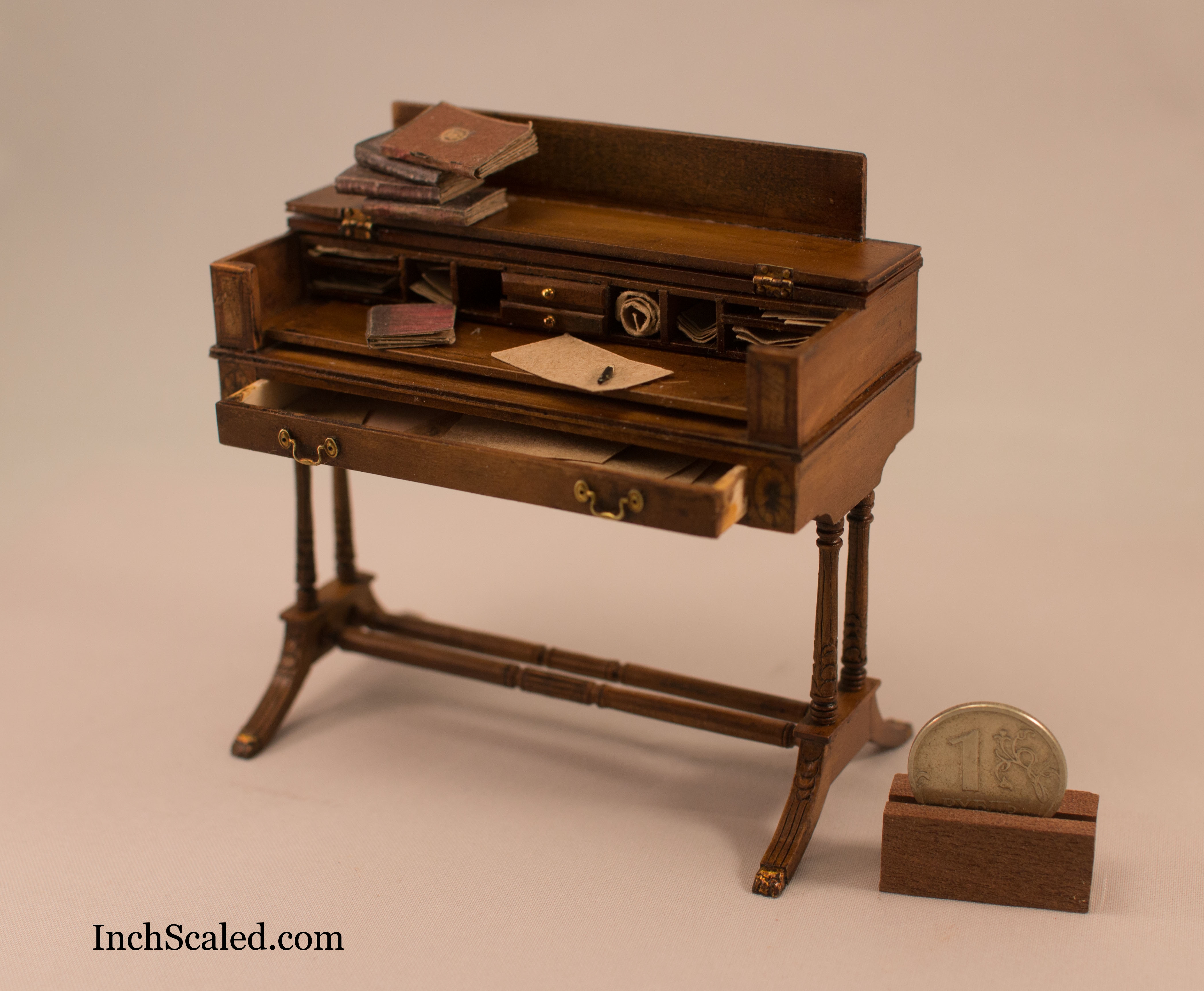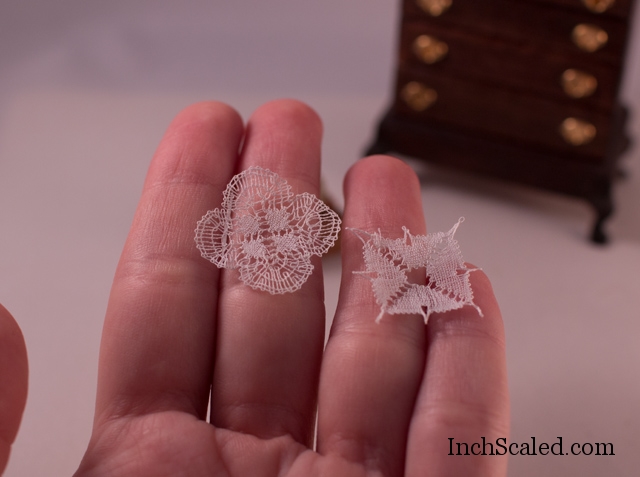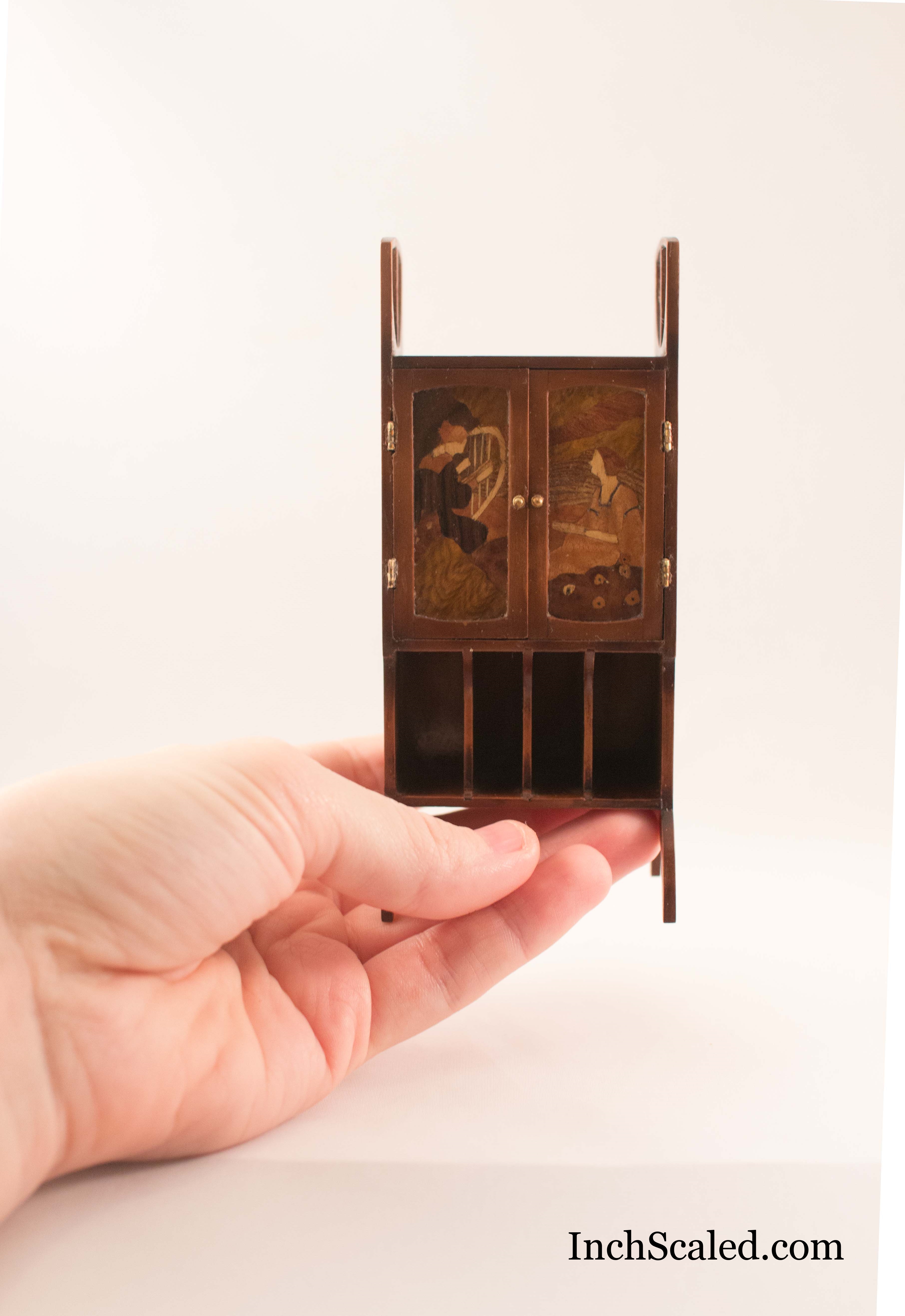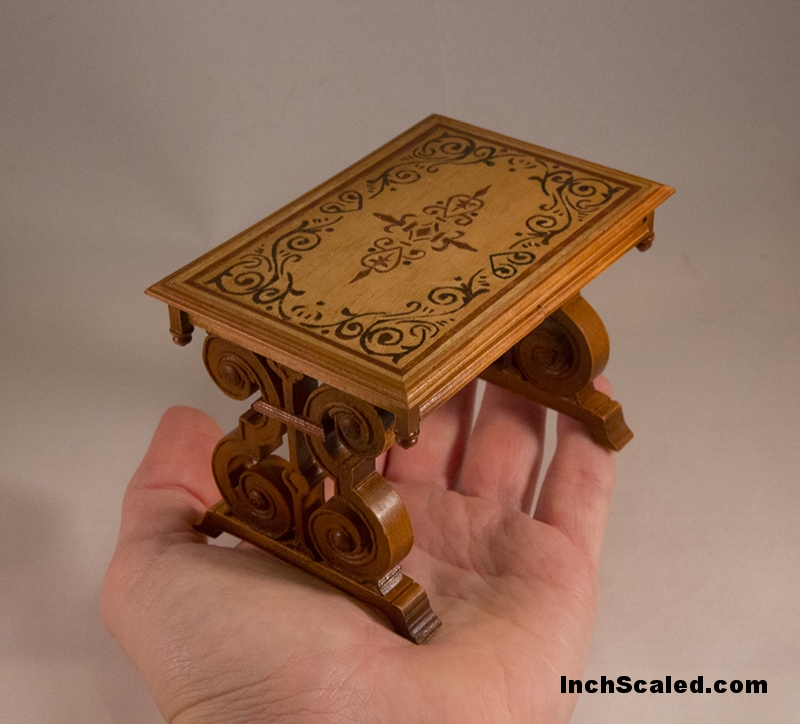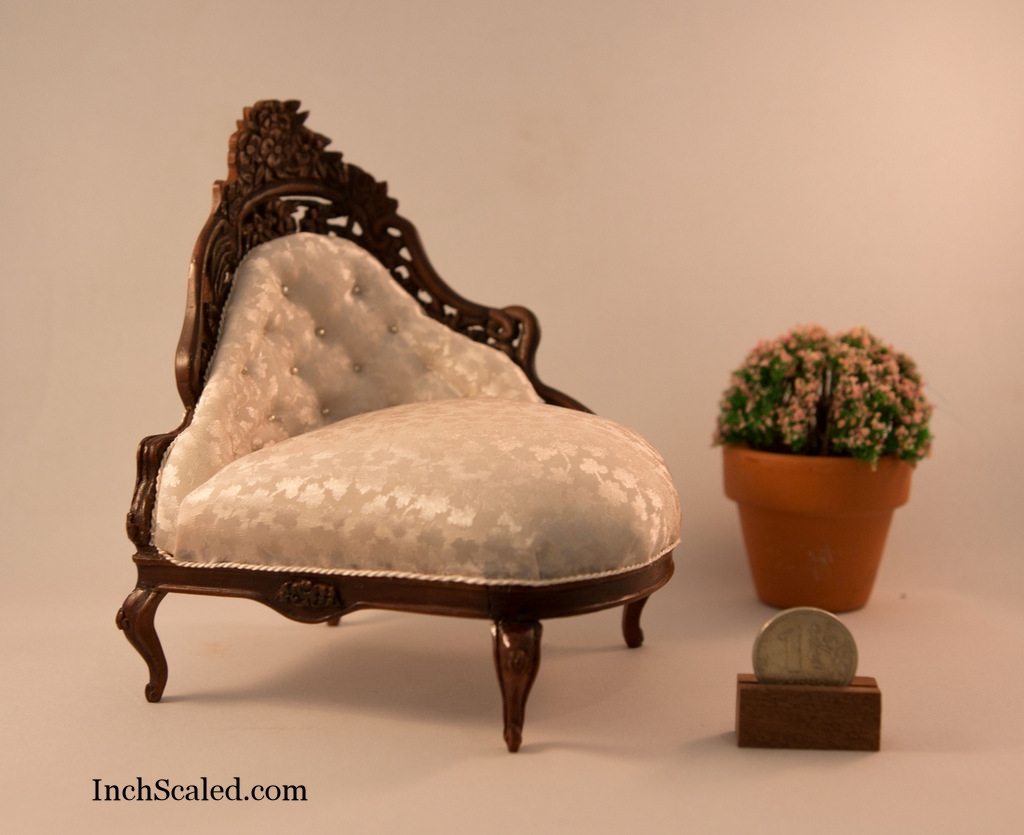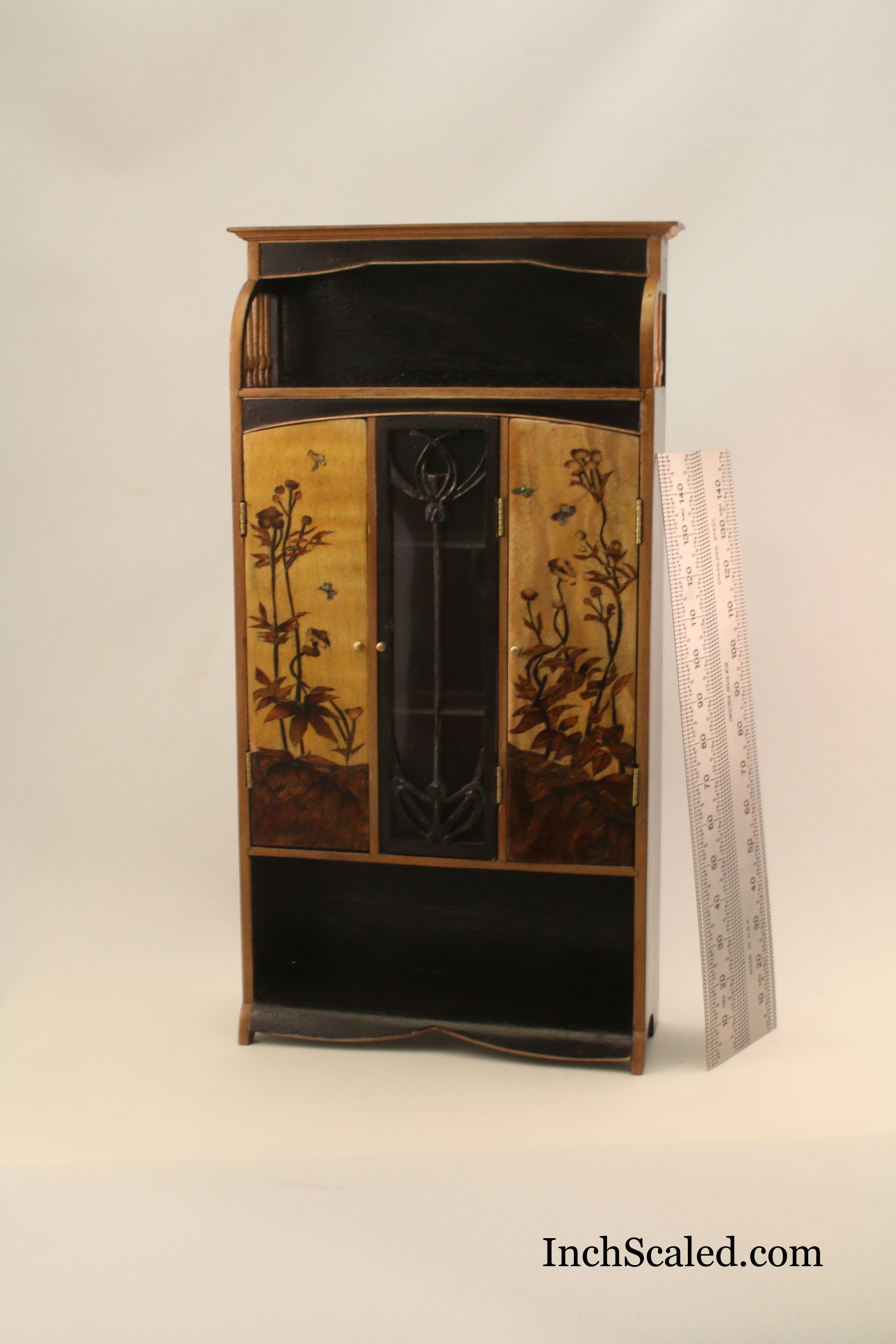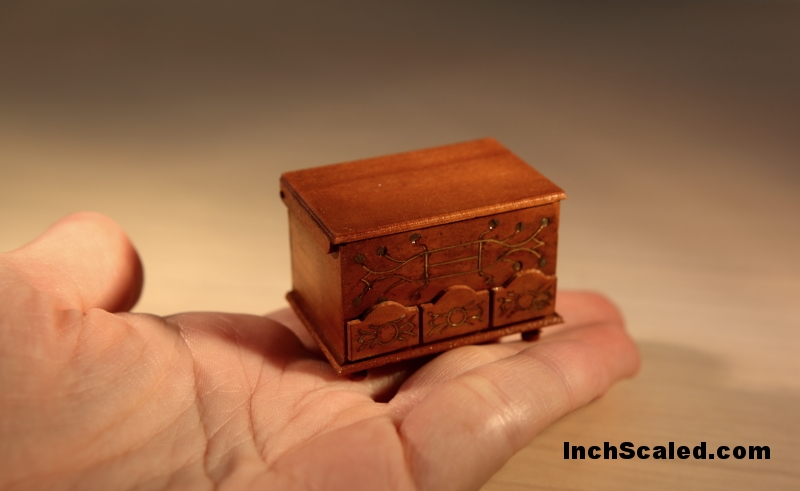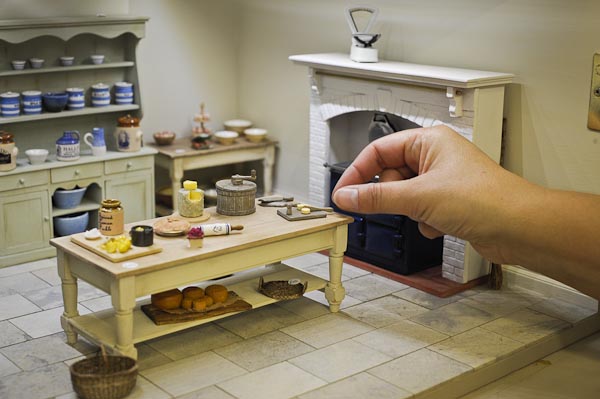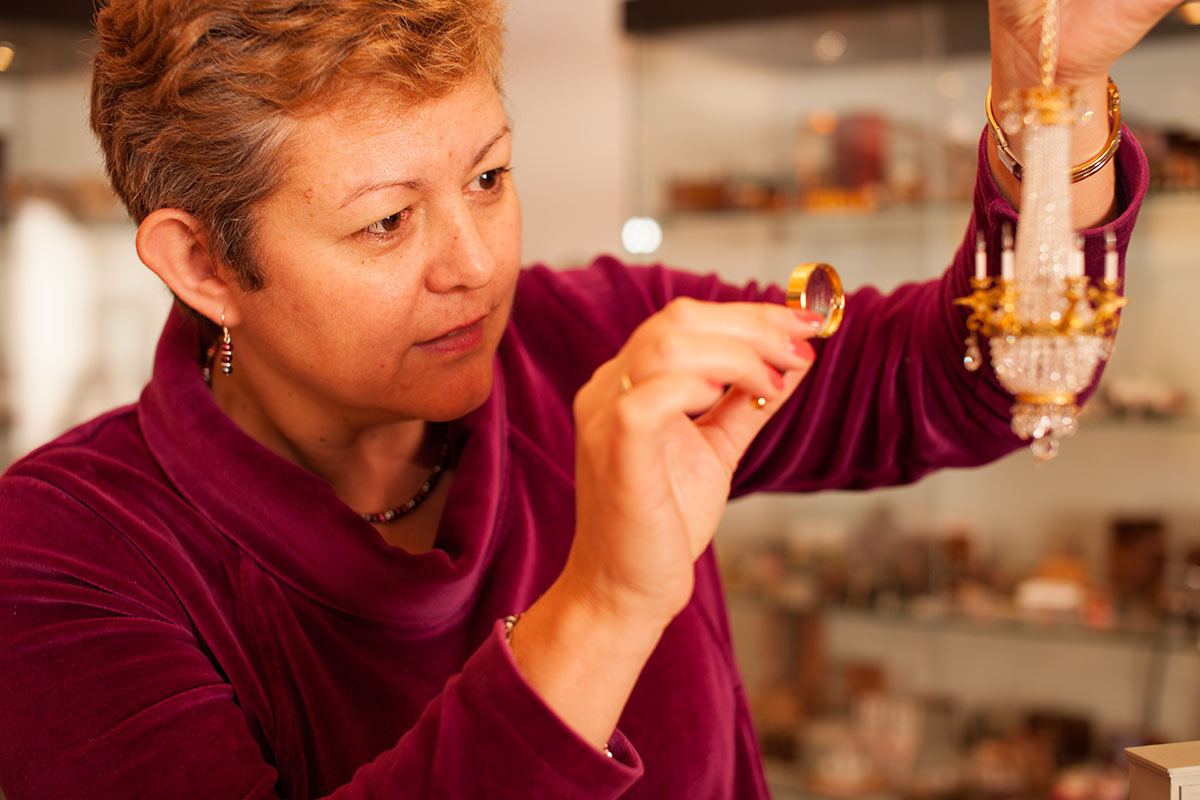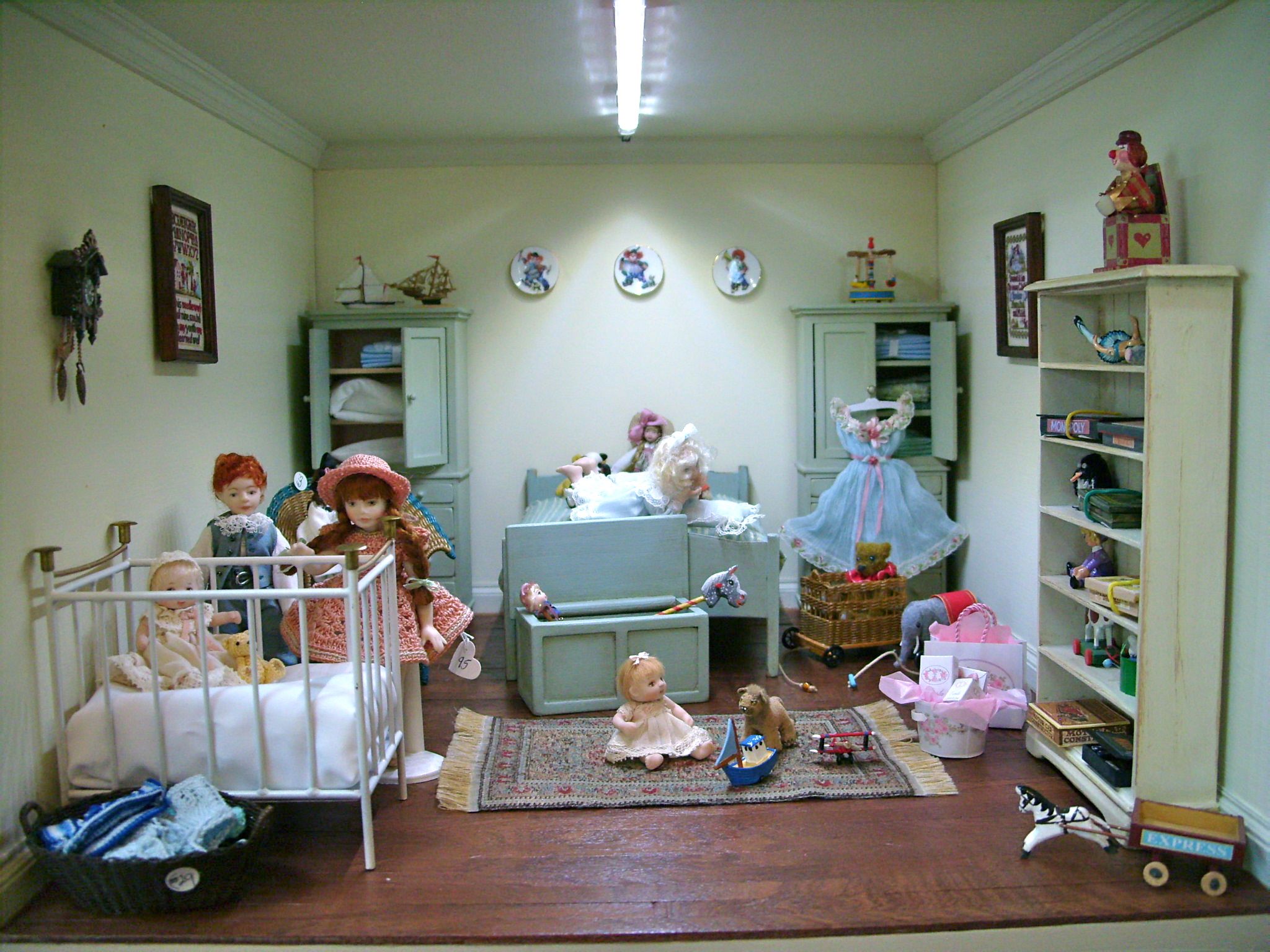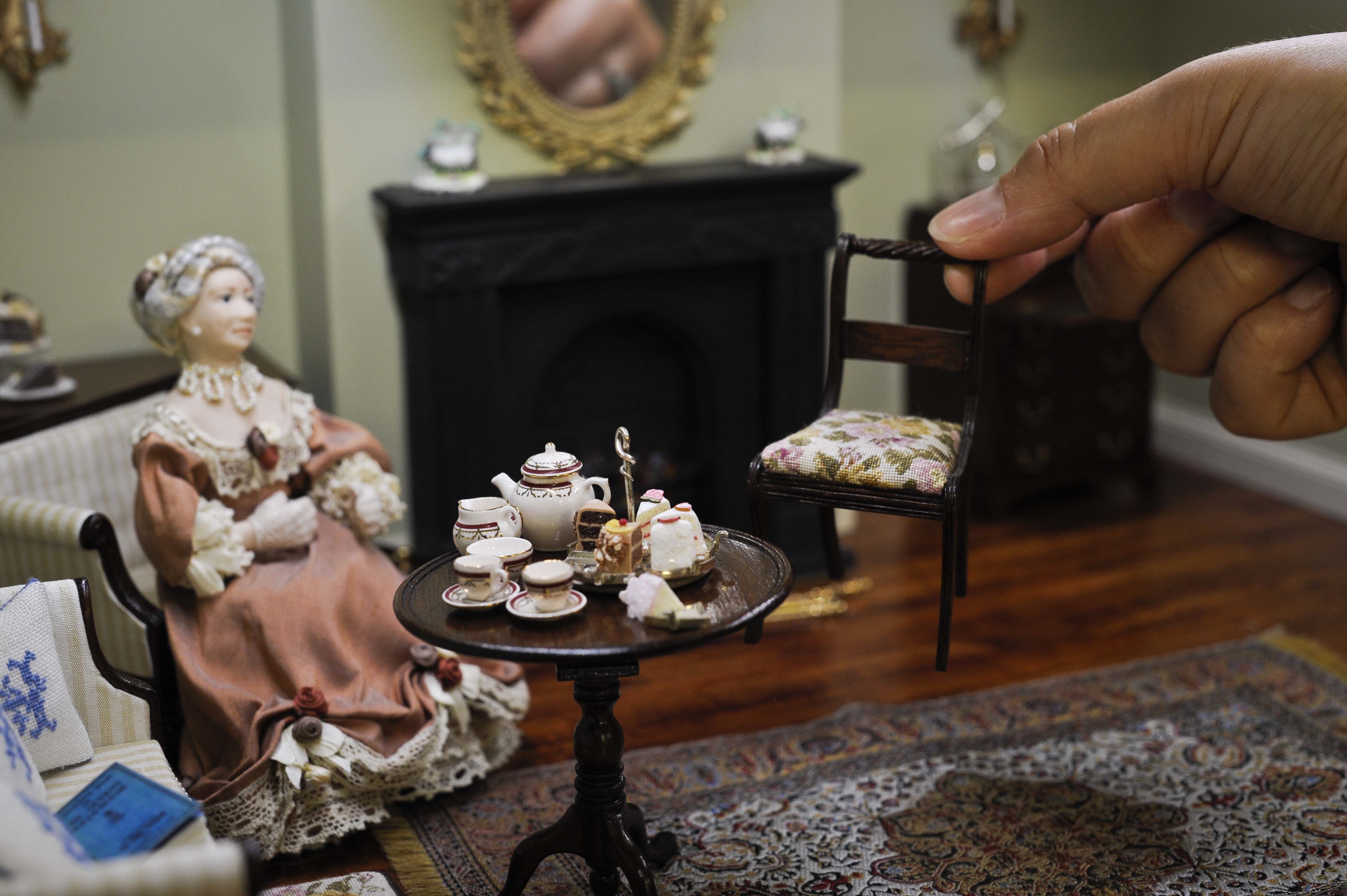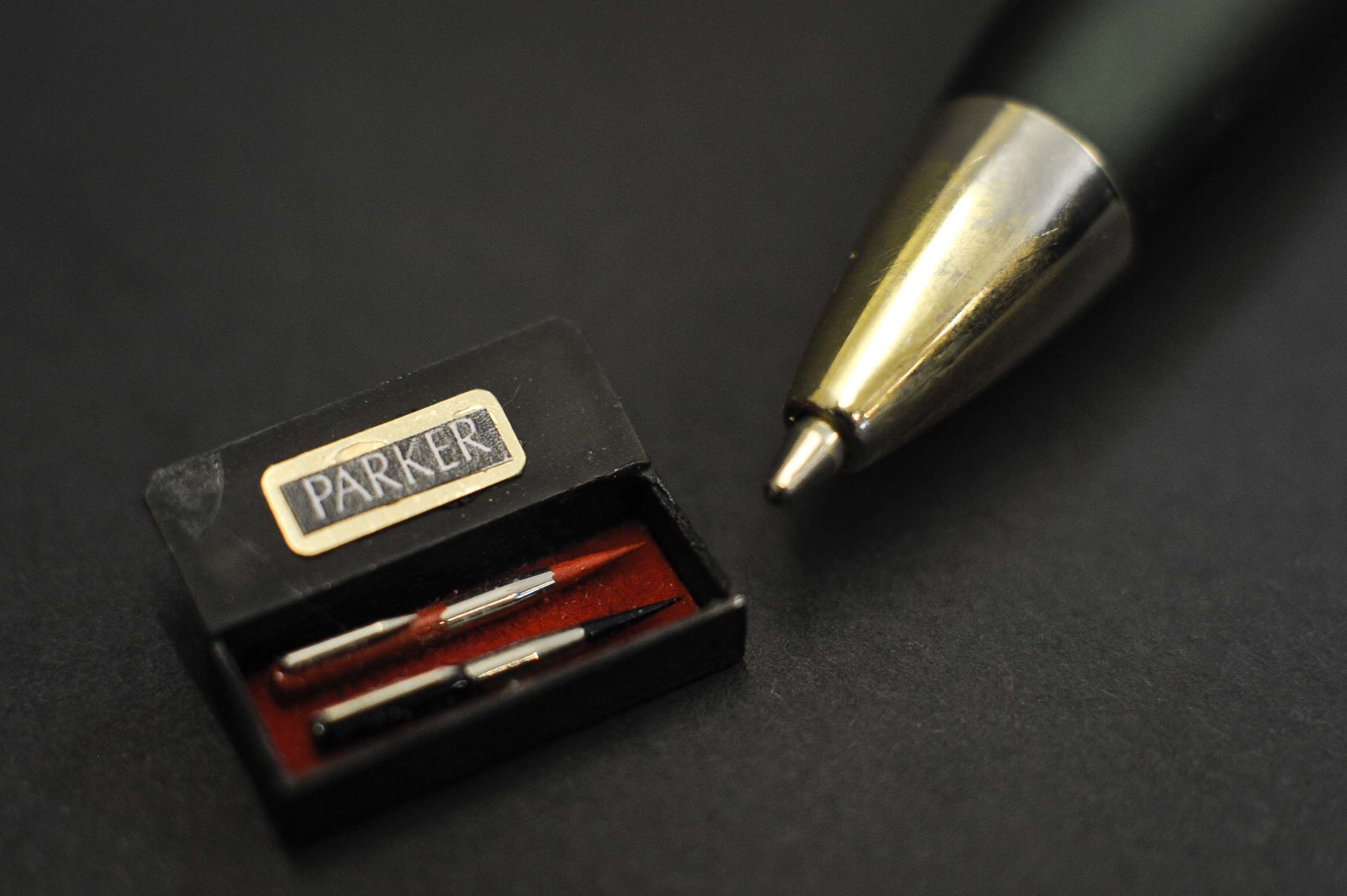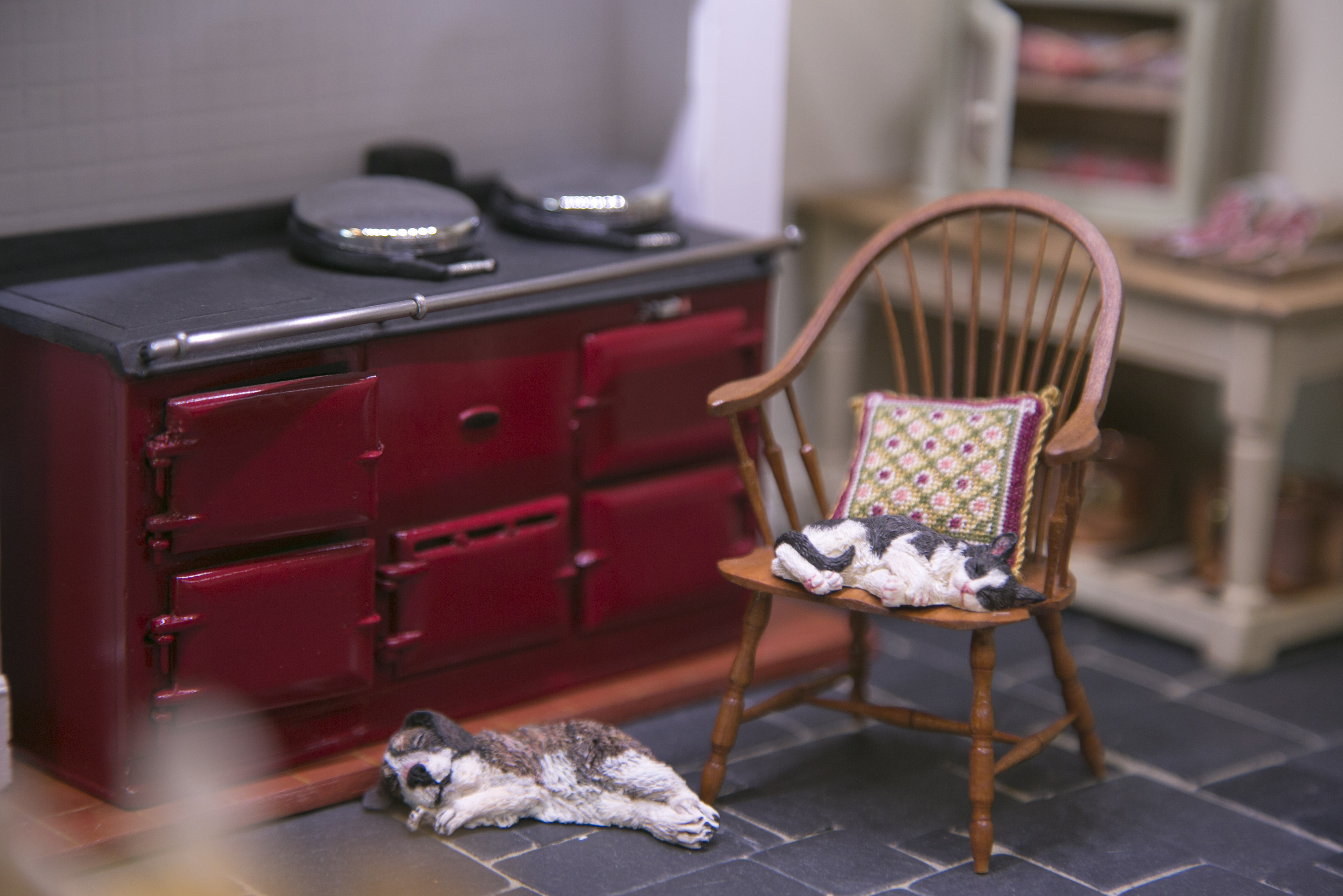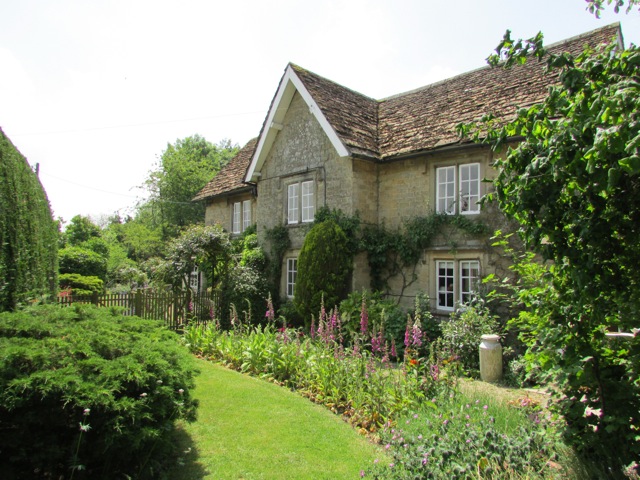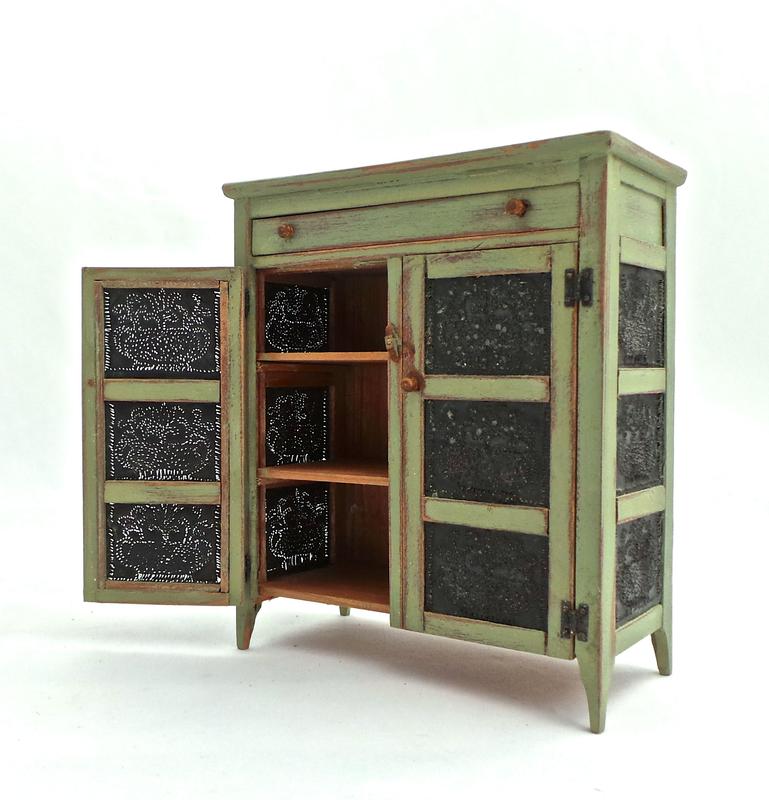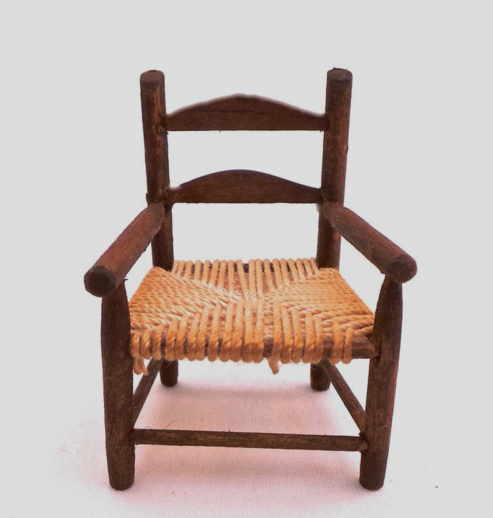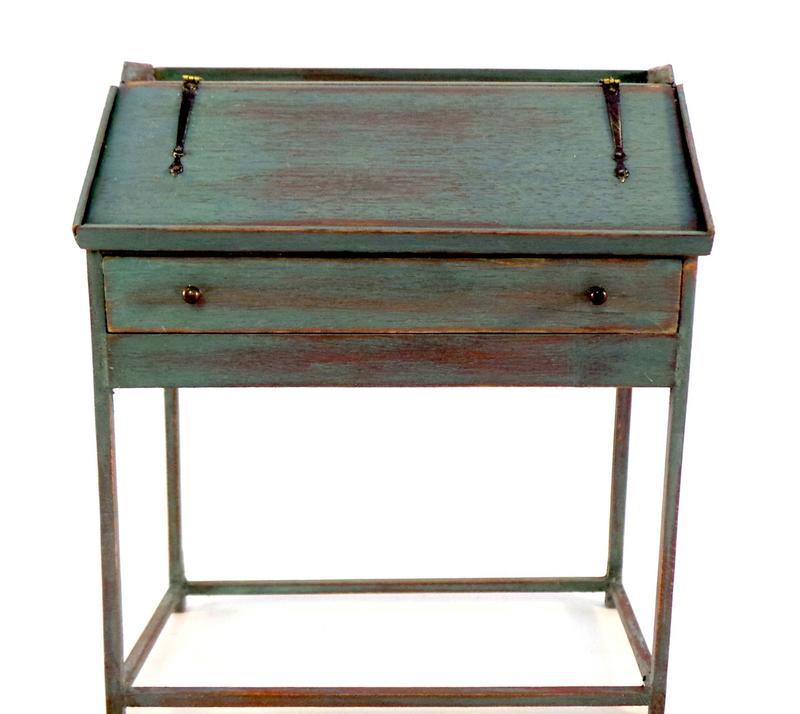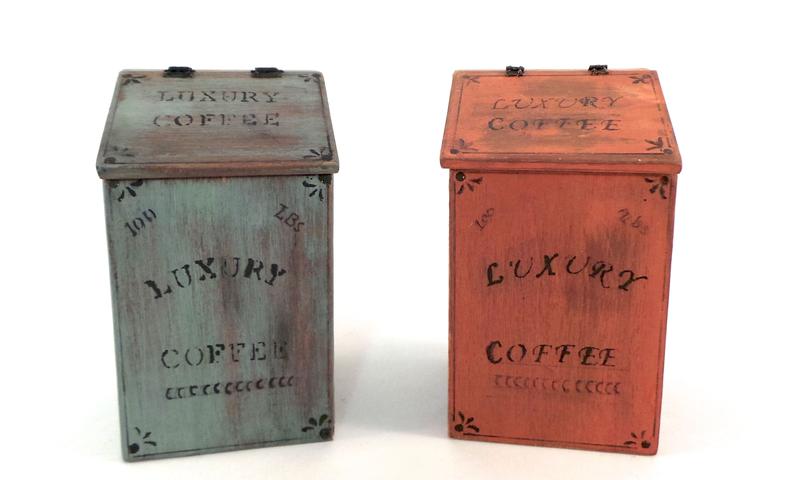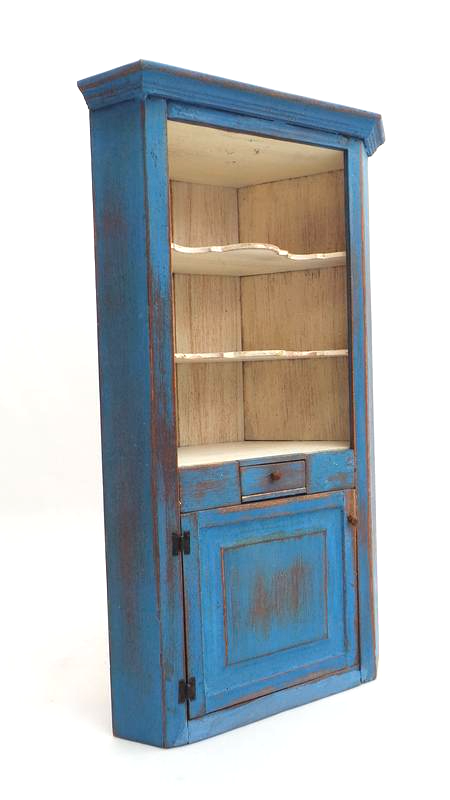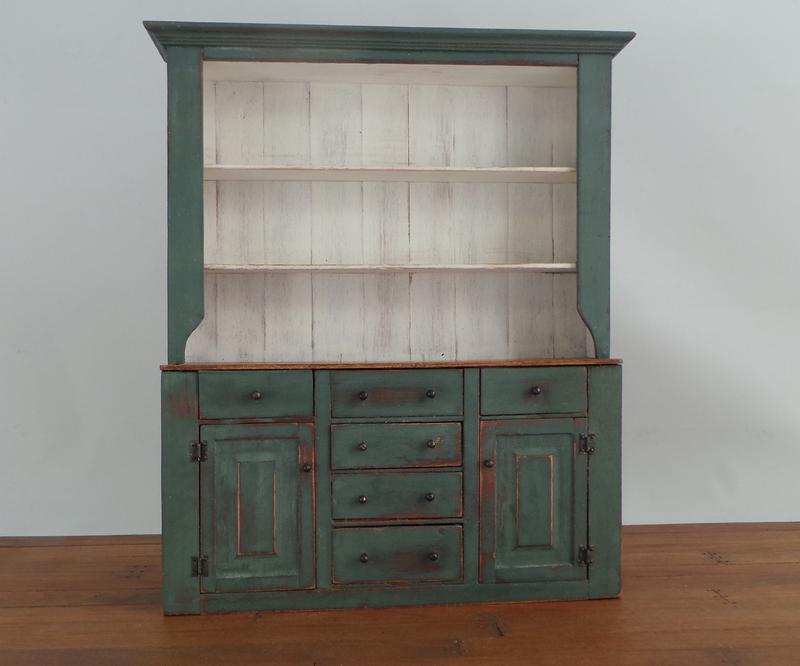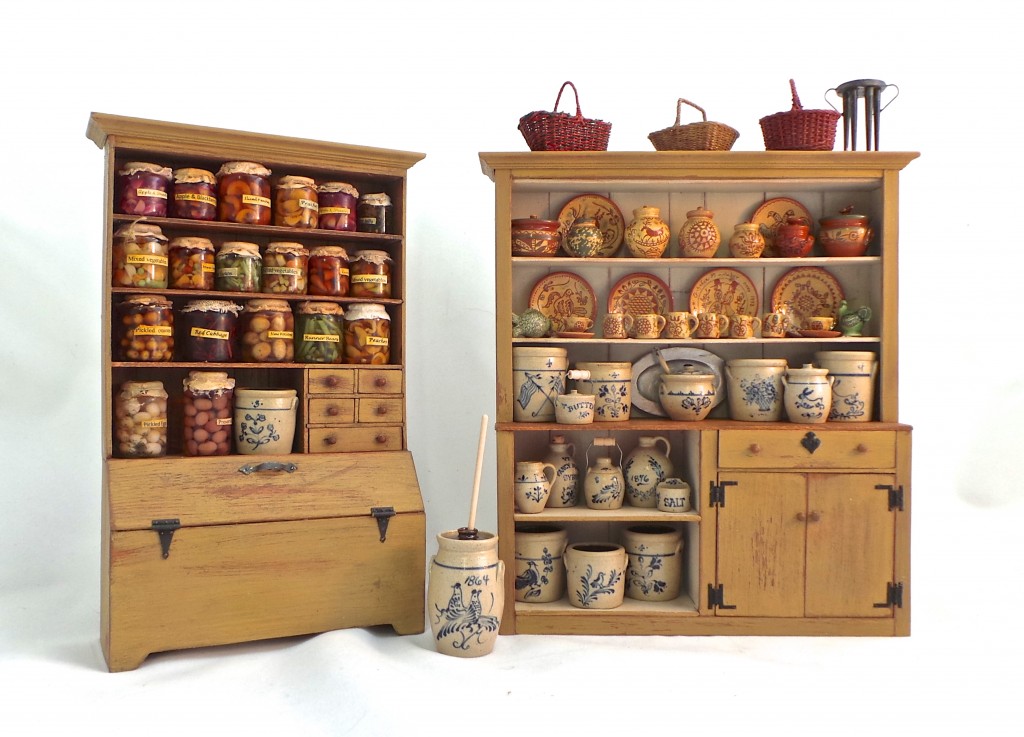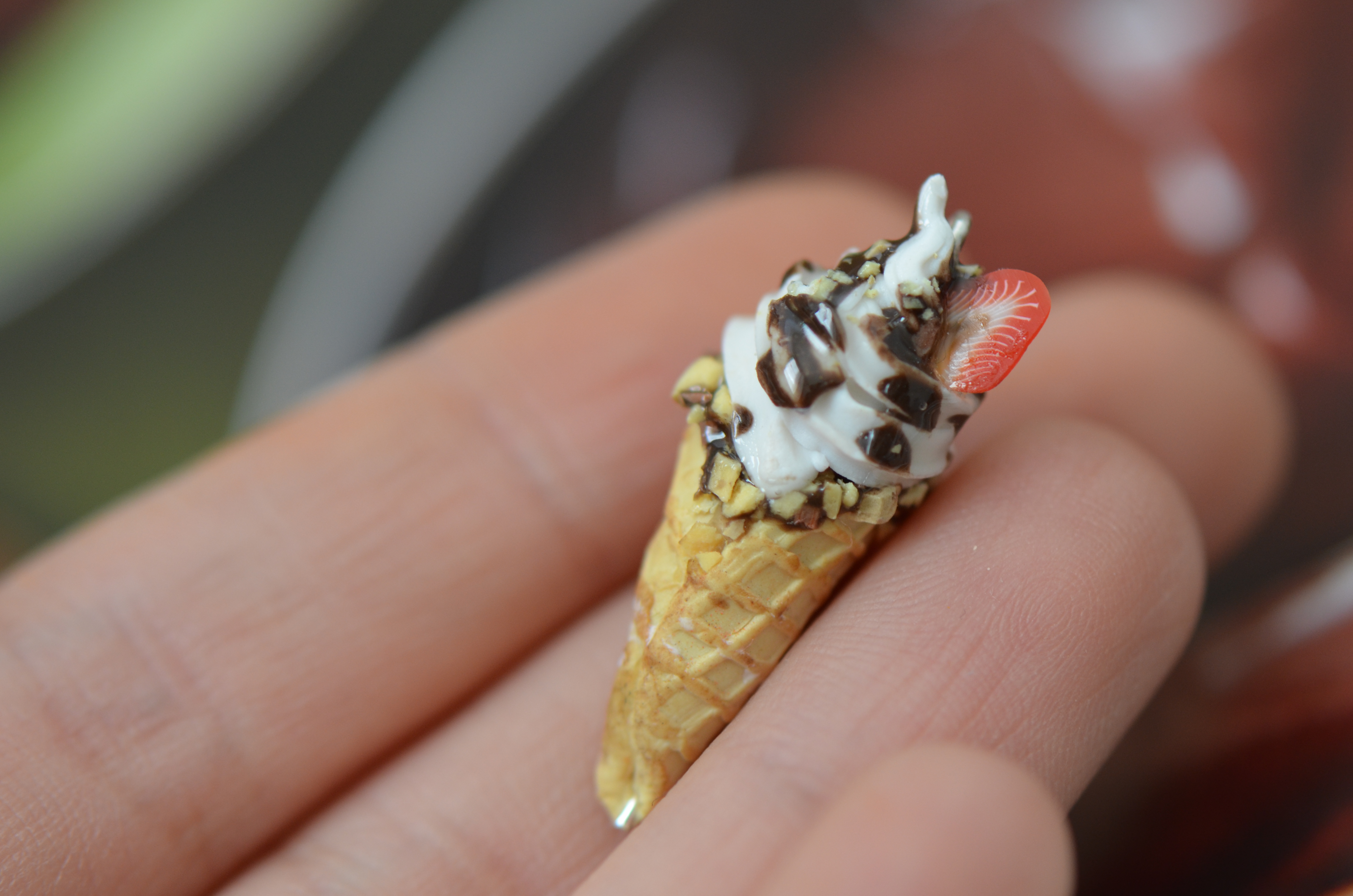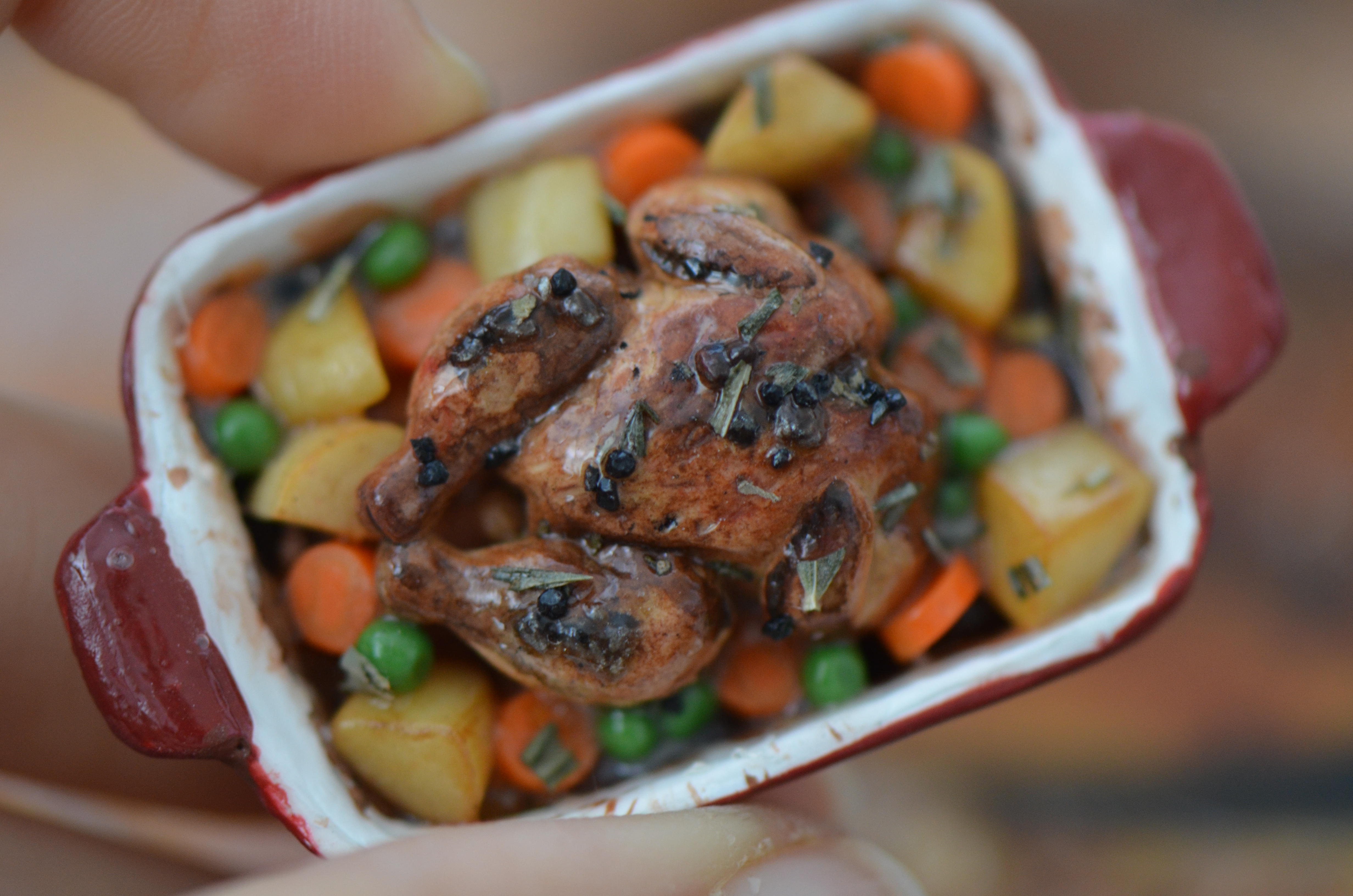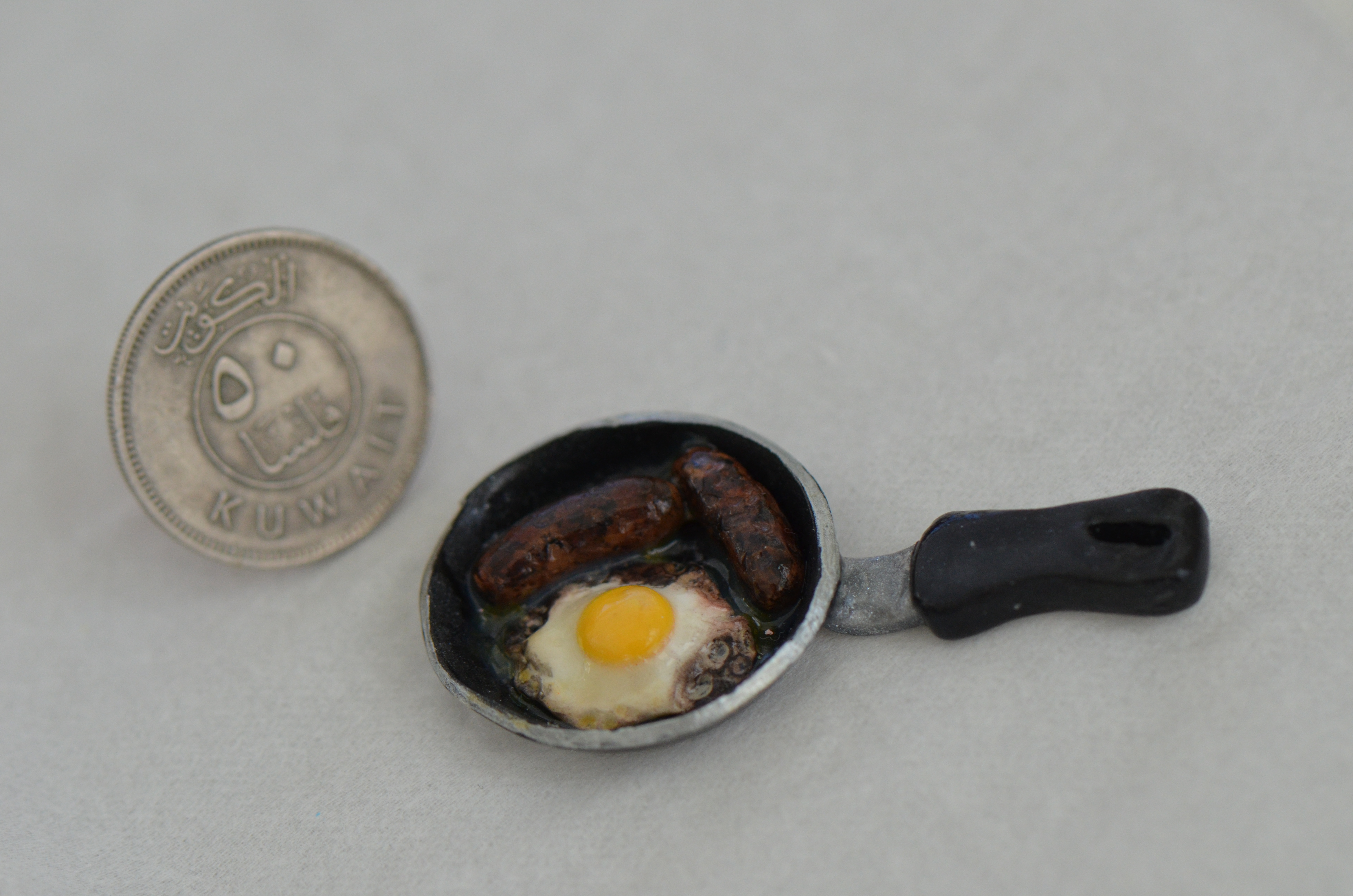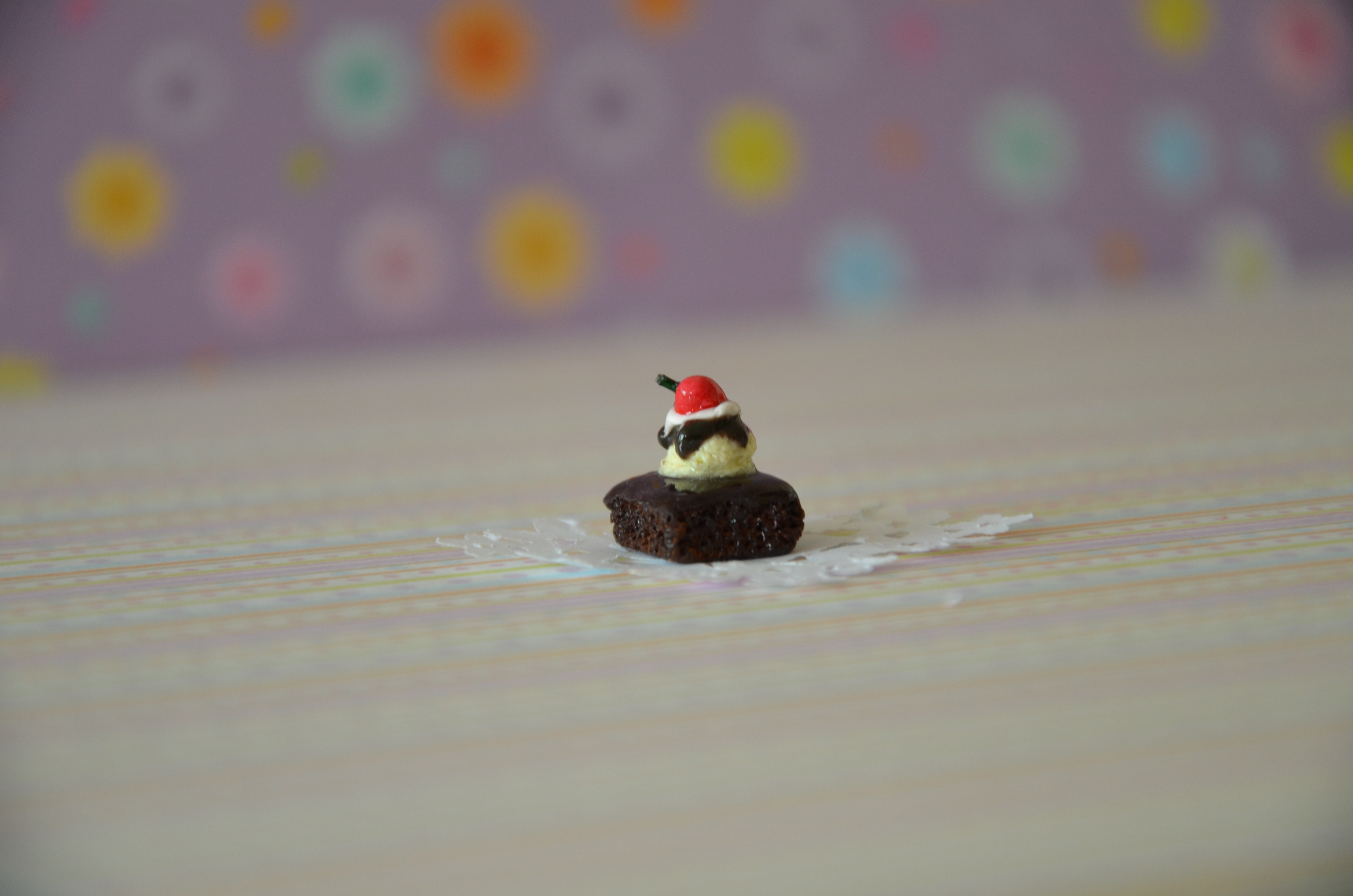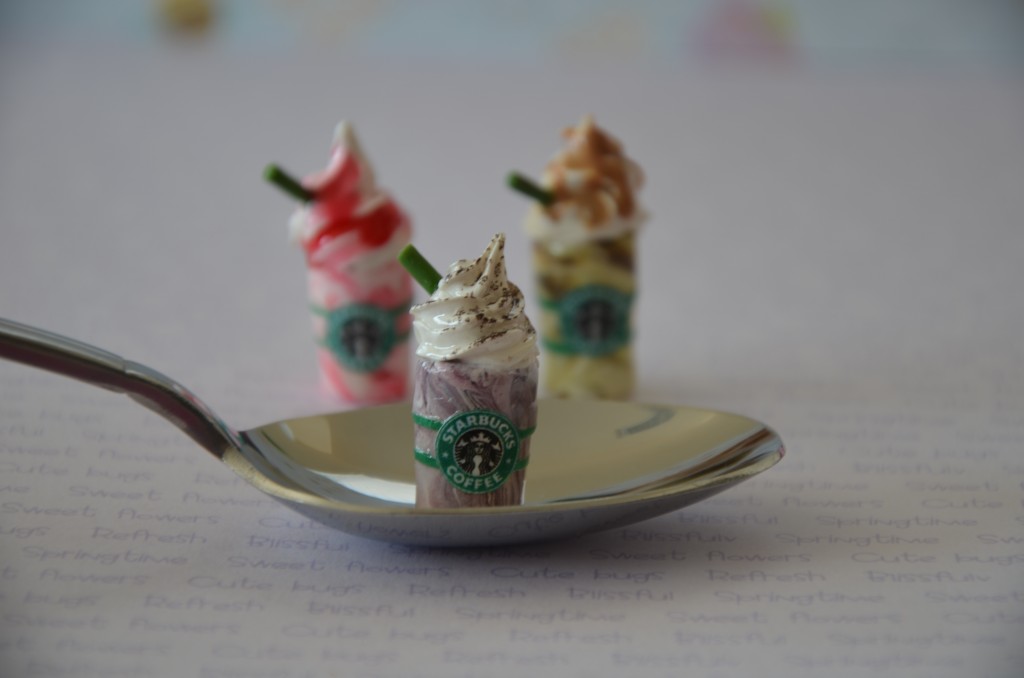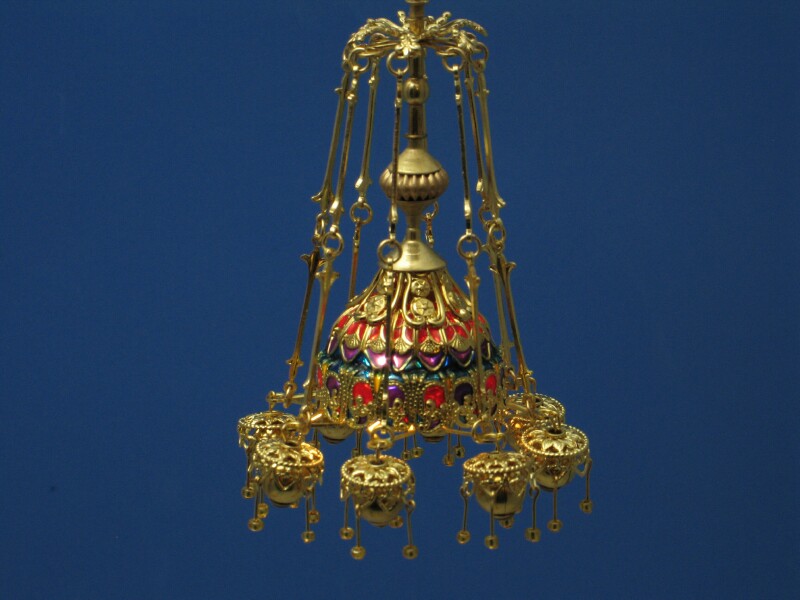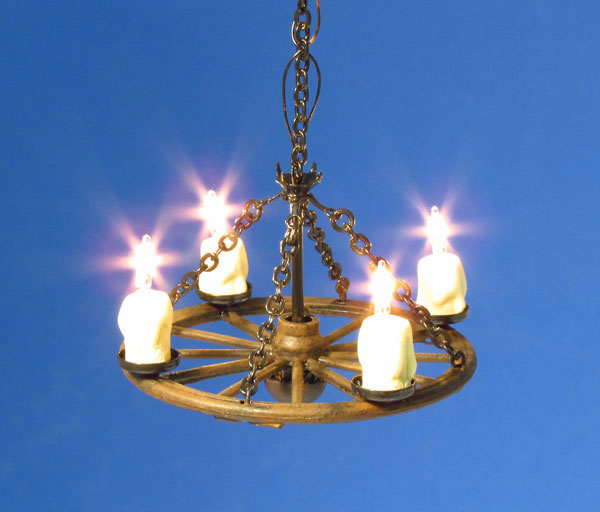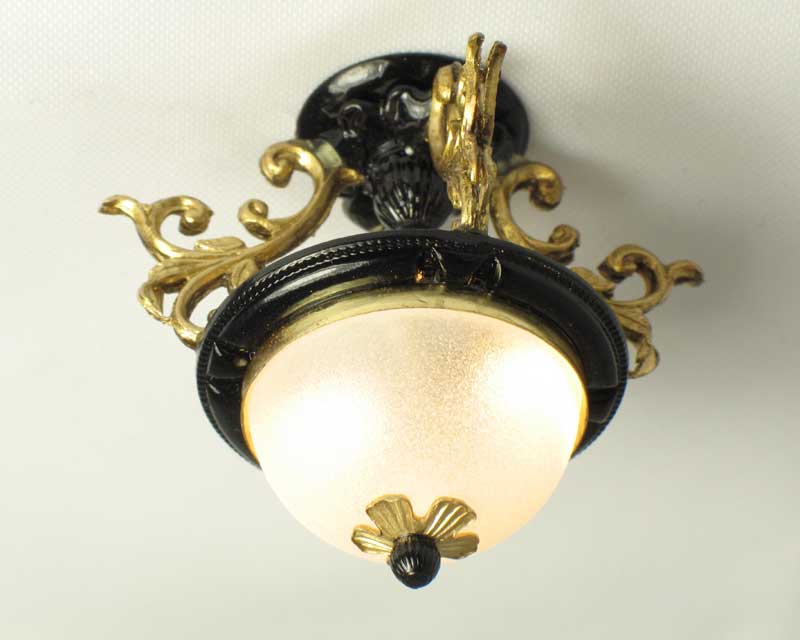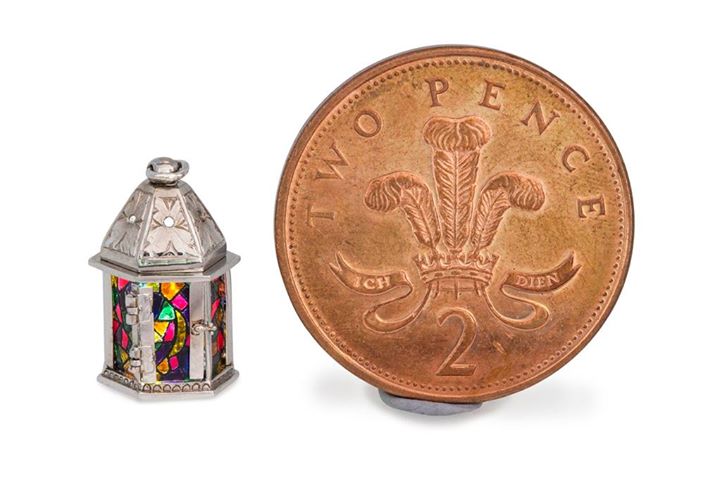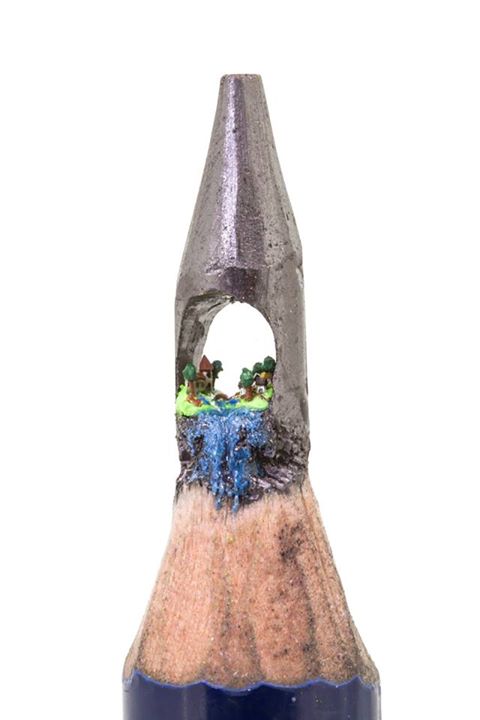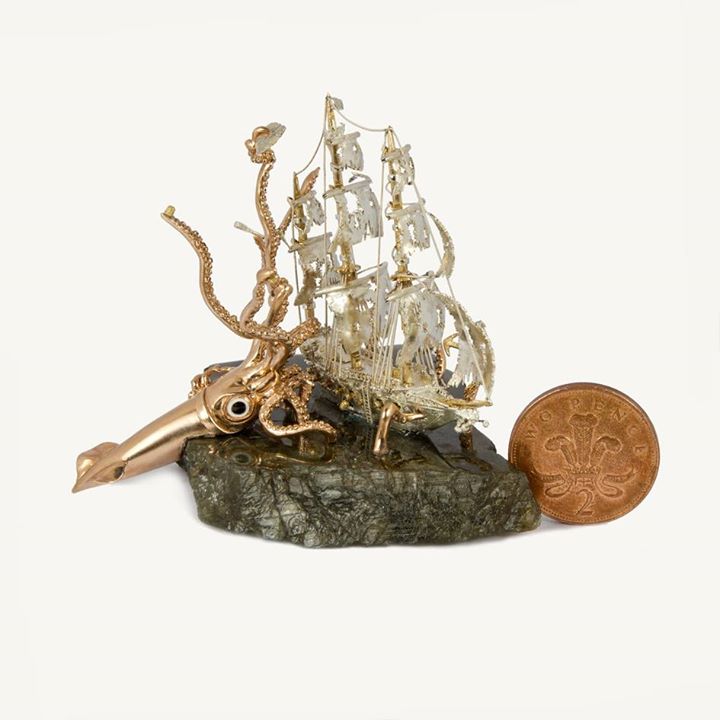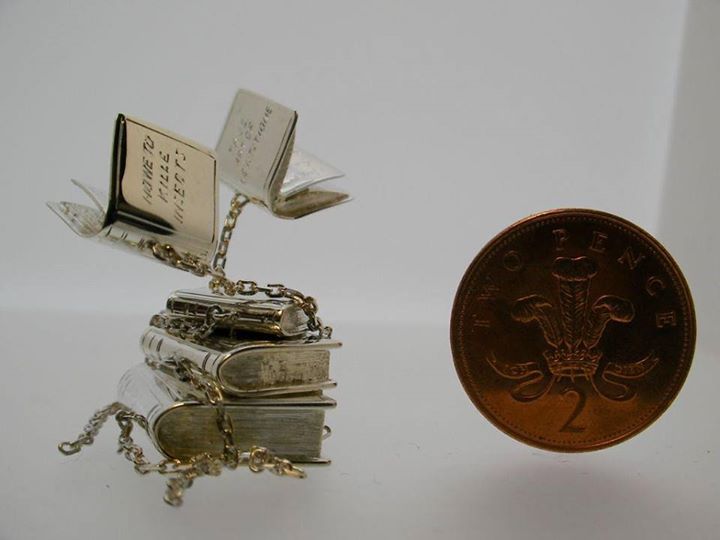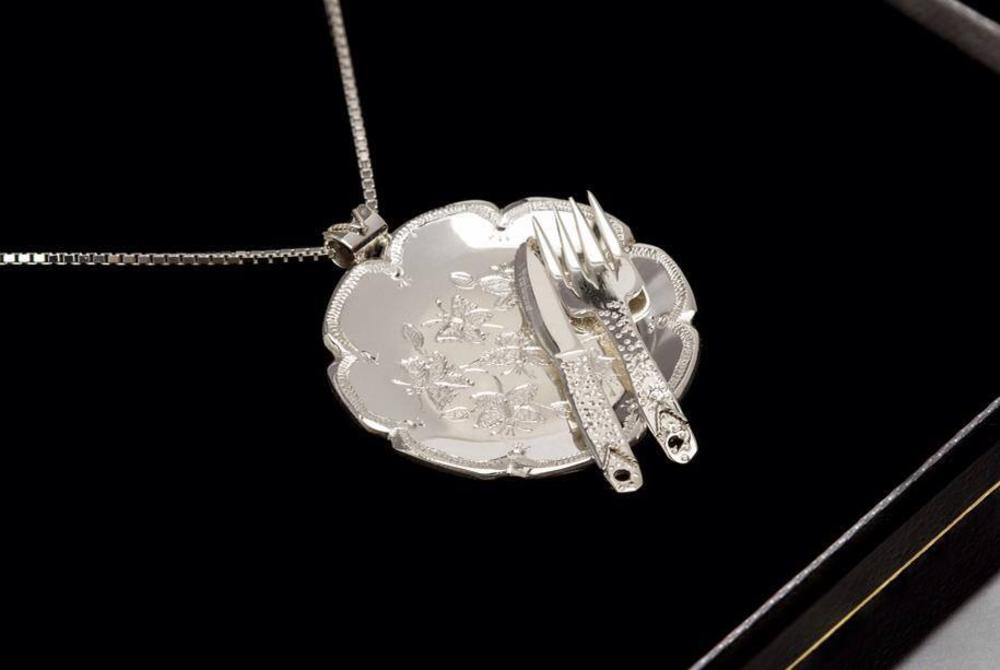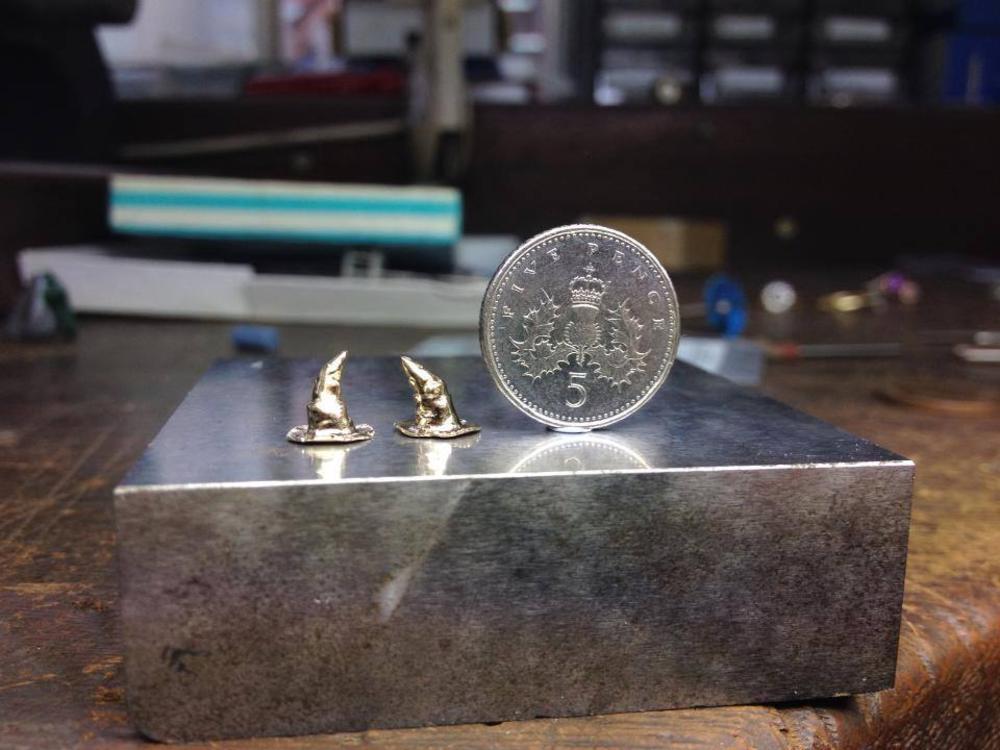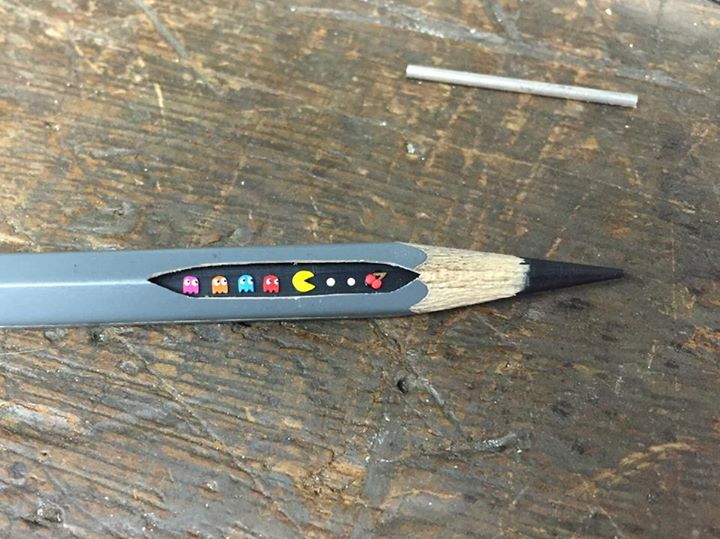Dorothy Twining Globus: Curator of Astolat Dollhouse Castle
| Website | Instagram | Twitter | Facebook |
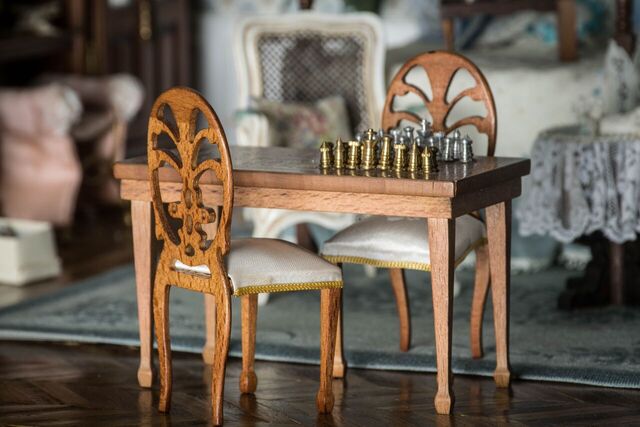 Dorothy Twining Globus has been well-respected in the museum world for over four decades. Most recently as the Curator of Exhibtions at the Museum of Arts and Design for nine years, she previously served as Director of the Museum at the Fashion Institute of Technology. Formerly, she spent twenty years as Curator of Exhibitions at the Cooper-Hewitt Museum. Dorothy’s particular interests in design, the decorative arts and craftsmanship are all met in the presentation of the Astolat Dollhouse Castle, a most remarkable milestone in the world of fine scale miniatures. Furthermore, Dorothy made dollhouses for herself and her daughter under the watchful eye of her mother, another aficionado in the miniature field.
Dorothy Twining Globus has been well-respected in the museum world for over four decades. Most recently as the Curator of Exhibtions at the Museum of Arts and Design for nine years, she previously served as Director of the Museum at the Fashion Institute of Technology. Formerly, she spent twenty years as Curator of Exhibitions at the Cooper-Hewitt Museum. Dorothy’s particular interests in design, the decorative arts and craftsmanship are all met in the presentation of the Astolat Dollhouse Castle, a most remarkable milestone in the world of fine scale miniatures. Furthermore, Dorothy made dollhouses for herself and her daughter under the watchful eye of her mother, another aficionado in the miniature field.
What are your earliest memories with miniatures?
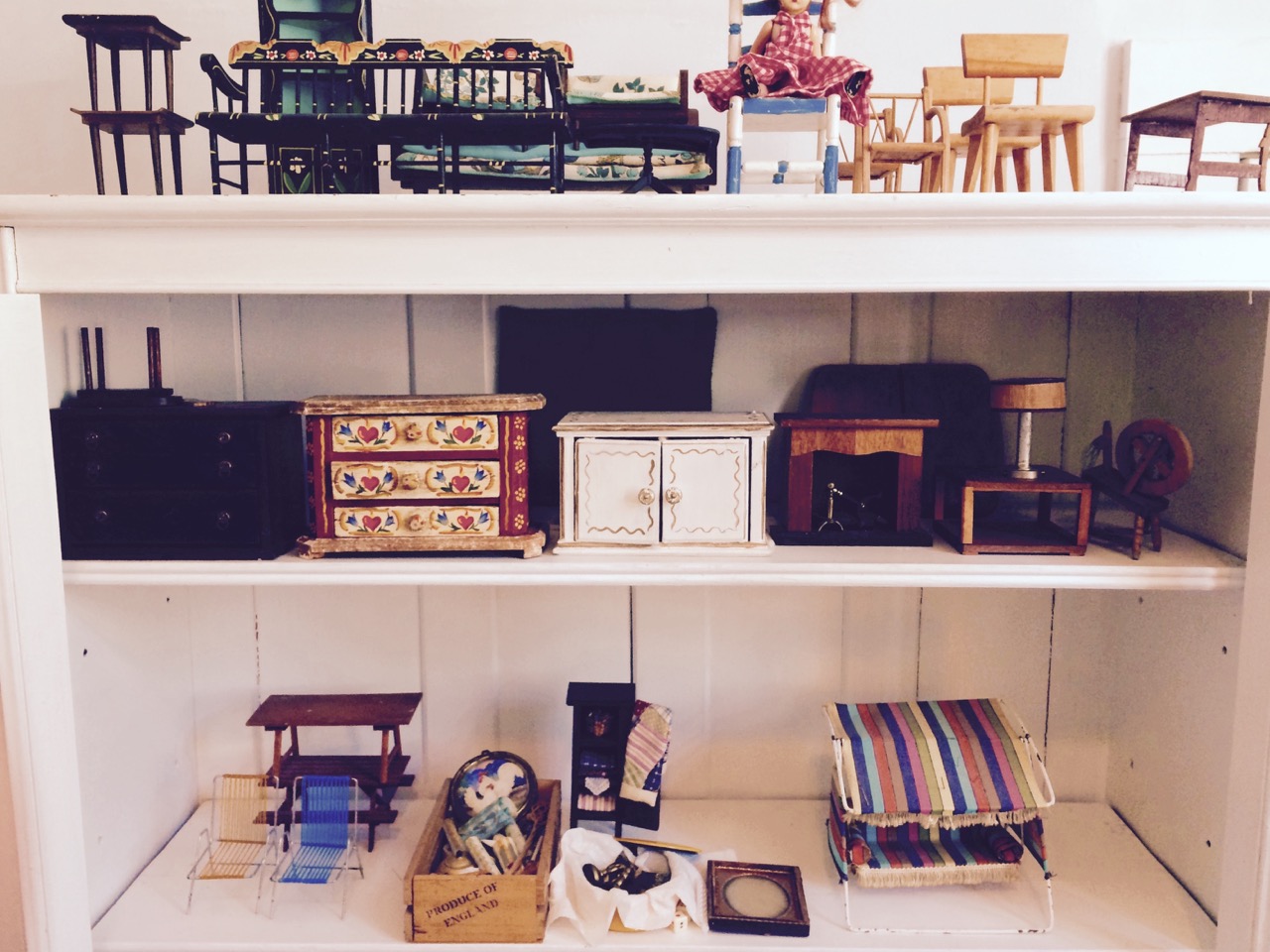
I had a very serious dollhouse growing up. It wasn’t so much a free standing dollhouse as much as shelves. It was designed in the Ginny Doll scale. I worked on it for ages, and only this spring (2015) did I pack it up. It had 1960s padded living room furniture. I was cracking up as I lined up all the works together to see them again.
When I was even younger than that, I had a canopy bed, with matching bureau and wardrobe, that must have been made for 8” dolls like Ginny and Madame Alexander. The canopy bed had sheets, pillows, and pillow cases.
My mother loved dollhouses. She used to teach me how to make things. I used to save my grandmother’s matchboxes from the bridge table to make miniature stamps and letter writing kits out of them.
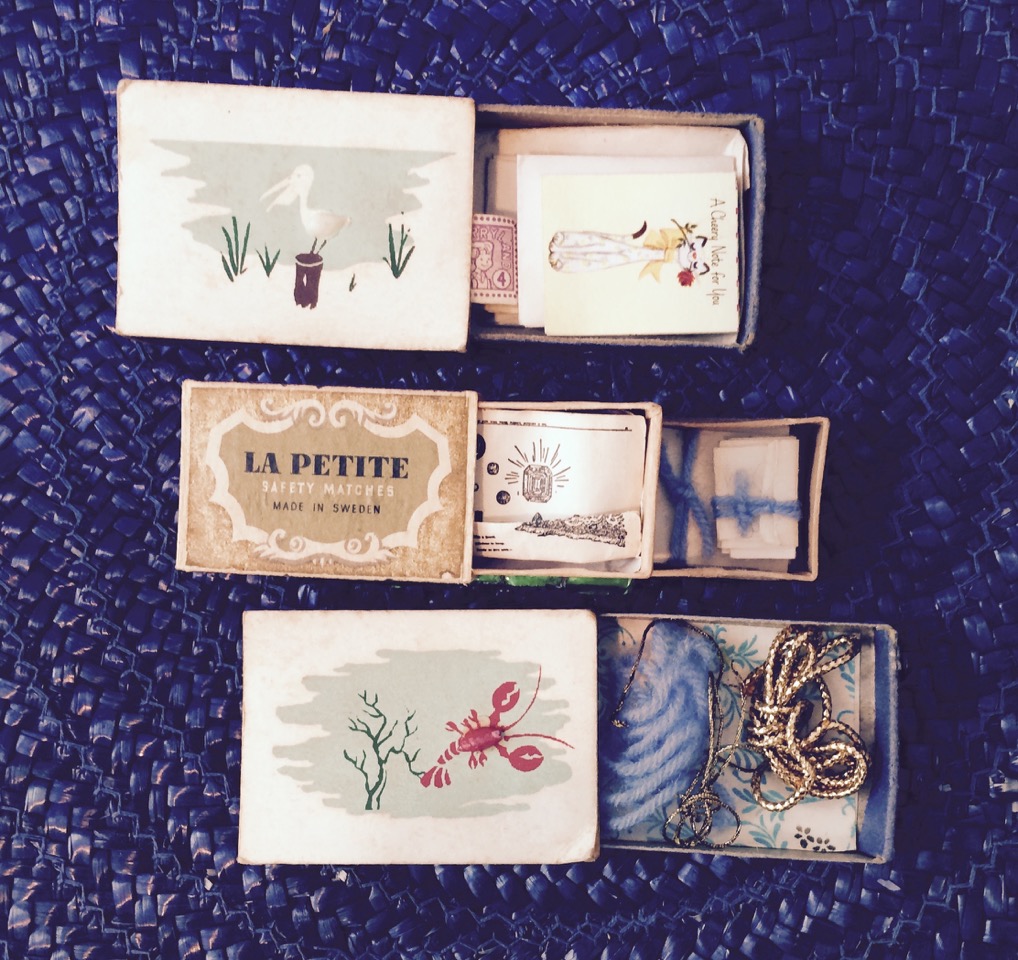
In time, I worked on a dollhouse for my daughter. I used to make clothing for her American Girl dolls. I would give these as Christmas gifts for her and her friends. I still have a lot of this stuff. I still have some of the matchboxes in which I used to make little scenes. In fact, I am still making very small collages in matchboxes! Finding old ones from my dollhouse days was quite a surprise. I had not seen them for decades!
Coincidentally, my maiden name is Twining, and I recently found out that Twining Models was one of the companies involved in the construction of Queen Mary’s Dolls’ House.
How did you become involved with the curatorial field?
Before college, I had a summer job at the Smithsonian. I worked for three summers as an intern. Then I joined the team at Cooper Hewitt Smithsonian Design Museum and lent my expertise there for 20 years. I absolutely loved the idea of learning about new subject matter, and how to show it. I studied Western Art History at Swarthmore, and never focused much on design in school. In retrospect, I probably would have gone to RISD.
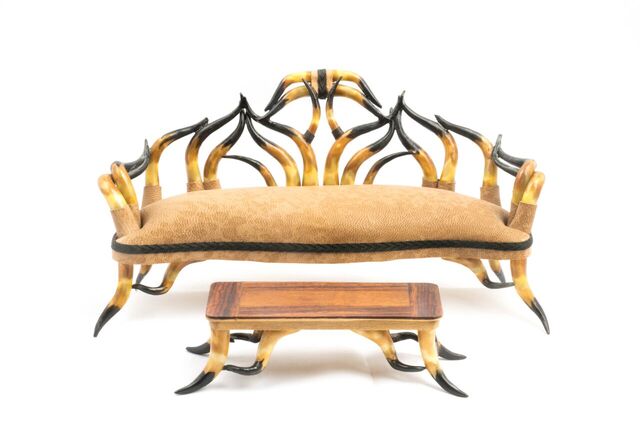
How do your interests inform your work as a curator?
I’m interested in arranging things. As an exhibitions curator, I always tried to understand the subject matter in order to assure the most comprehensible presentation of the ideas. I would work with each of the curators to realize their concepts and themes in the actual gallery spaces. How you present spaces to the general public is so important. I help these curators, who spend all their time thinking about a narrow subject when in fact the average person is not into such detail. 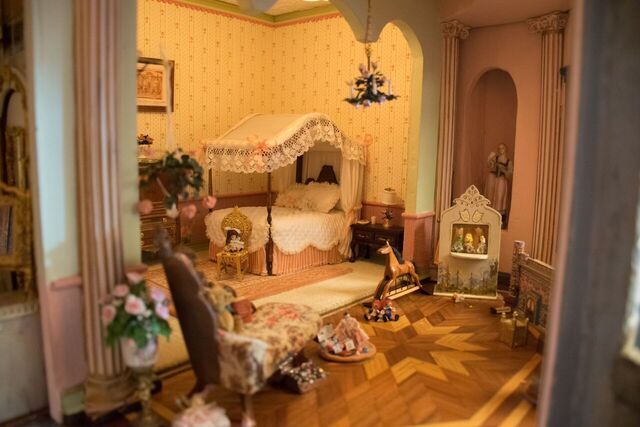 I think about ways to present the work so it becomes inherently more accessible to people less experienced with the subject matter.
I think about ways to present the work so it becomes inherently more accessible to people less experienced with the subject matter.
How did you become involved as Project Curator of the Astolat Dollhouse Castle?
I’ve been enjoying my time retired from the museum world. The Astolat team contacted me to talk about the dollhouse castle. It’s seven stories tall, and was created by Elaine Diehl. Not much is known about Elaine, I’d love to hear what a historian of miniature dollhouses has to say about her. She’s said to be from Colorado and she had a store in Sedona, Arizona.  When she retired, the current Astolat owners purchased the dollhouse from Elaine. These current owners are now touring the structure to raise funds and awareness for children’s charities. Astolat is currently on view at the Shops at Columbus Circle, in Manhattan’s Time Warner Center, now through December 8. People go gaga for the dollhouse. Women and children are predictable, but the men coming in… they’re equally involved.
When she retired, the current Astolat owners purchased the dollhouse from Elaine. These current owners are now touring the structure to raise funds and awareness for children’s charities. Astolat is currently on view at the Shops at Columbus Circle, in Manhattan’s Time Warner Center, now through December 8. People go gaga for the dollhouse. Women and children are predictable, but the men coming in… they’re equally involved.
The dollhouse is inspired by Alfred Lord Tennyson’s poem: “The Lady of Shalott” from 1832. Her name was Elaine of Astolat. She lived under a curse and never left her castle until she saw Sir Lancelot riding by. When she realized he would never love her, she killed herself. That was the curse. I imagine that Astolat’s miniaturist, Elaine Diehl, connected her name and the idea of making a castle dollhouse.
There’s no specific style to the dollhouse. It’s up there in size with some of the other famed dollhouses that have gone on tour to raise money for charities: Queen Mary’s Dolls’ House and Colleen Moore’s Fairy Castle. As with all dollhouses, Astolat creates a sense of wonder in the viewer. People marvel over the miniatures and how it’s possible for artisans to craft works smaller and smaller.
Can you tell us a bit about the dollhouse’s functionality?
From the Astolat site: “It features 29 rooms filled with 10,000 miniature pieces, including elaborate furniture, oil paintings, mirrors, fireplaces, gold miniature jewelry, rare-mini books more than 100 years old, fine rugs, fabrics, and pieces made of and silver and gold. It has seven levels, stairways, hallways, a basement, a wine cellar, a kitchen and an armory. There are formal rooms, a library, a music room, a grand ballroom and a bar, and that’s before you get to the Wizard’s tower on the top level.”
Astolat was made between 1974 and 1987. It comes apart into about 66 pieces. The whole façade is sculpted to look like stone. Maybe Elaine did this herself, but it is such a huge building that I suspect she may have had an assistant! And she most likely had help from an electrician when it came to the wiring of the dollhouse rooms. I don’t believe there is an assembly manual, but the various sections are well-marked. And when the castle goes on tour, there will be a manual.
 Astolat’s owners are focused on the current life of the dollhouse. When they bought the work, it contained about 10,000 miniatures. They’ve since added approximately 20,000 works of miniature to the dollhouse’s collection. The rooms are the same as they were.
Astolat’s owners are focused on the current life of the dollhouse. When they bought the work, it contained about 10,000 miniatures. They’ve since added approximately 20,000 works of miniature to the dollhouse’s collection. The rooms are the same as they were.
How does the Astolat team determine which of the 30,000 objects will be displayed in the Castle?
In a house like this, the curation of objects is never done. All the miniatures can be maneuvered and moved. They’re affixed to surfaces with museum wax, so any exhibition venue has to be careful that the dollhouse castle does not get too warm. There are sconces and wiring, functional dollhouse lighting and a working elevator. The furniture can all be rearranged. The floors are made of different parquet and stone. The shells of each room are set, and I believe the paintings and hanging works of art stay the same. But the present owners determine the arrangement of all the miniatures.
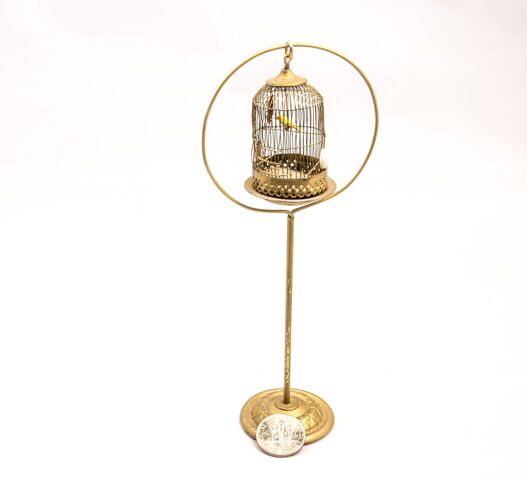
There’s a vitrine in the back of the house. A selection of miniature works were placed on this shelf for viewing by the public at Time Warner. There are a number of featured objects on the Astolat Dollhouse Castle website.
And there will be a few objects auctioned off in the near future to benefit children’s charities. This is an opportunity for miniature enthusiasts to own a piece of the dollhouse castle, and to help children. More auction information will be updated on the Astolat site soon.
Do you have a favorite space within the castle?
There’s much to see in each of the 29 rooms in the dollhouse castle. There’s a wonderful exotic room. Inside of it is a carved Chinese wedding bed. There’s a little Taj Mahal in the front window, a tiny Chinese birdcage made of bamboo. There is a polar bear rug on the floor. The room leads into a luxurious bathroom.
Do you have a favorite miniature from the Astolat collection of 30,000 works?
I really love the geode table.
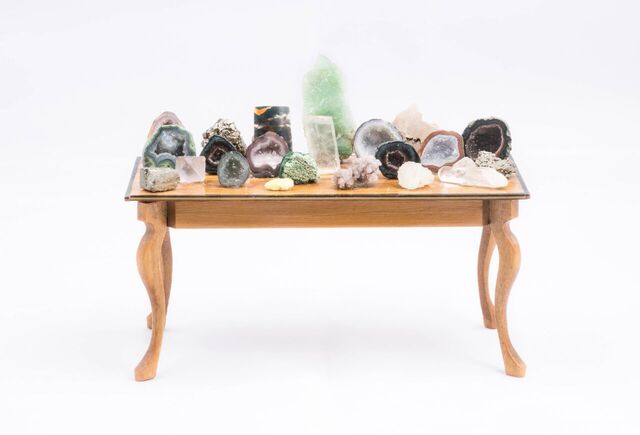
Do you consider yourself a collector of miniatures?
I have a lot of small things, but I’m not a miniature collector. I collect New York City skylines in miniature. I like Britain’s Ltd garden sets and train sets. I have a collection of birdhouses, beehives, benches, and more from the company. I like the utility poles from train sets. I enjoy them from a design standpoint. But I don’t put these miniatures into anything.
How would you explain the universal fascination with miniatures?
The obsession with small scale things is innate in our souls. If you think back to Chinese and Egyptian tombs, the deceased were buried with their miniature barnyards or bakeries. It’s not just about the dollhouse, or an association with children. There’s more to it than that.
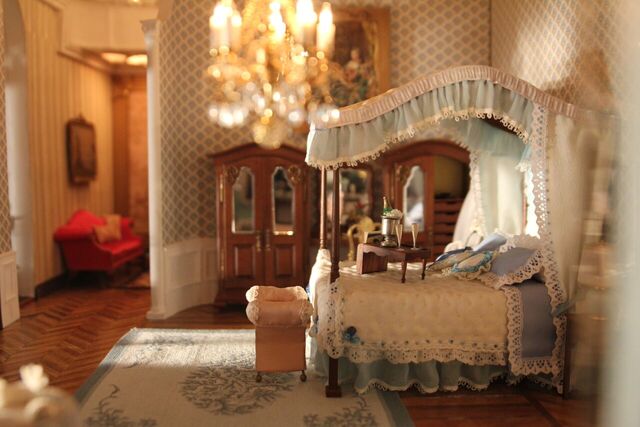 Joie de faire, which translates to “joy of making,” is a term used by scholar Ellen Dissanayake, who approaches philosophical aesthetics from an anthropological standpoint. In her work, “The Pleasure and Meaning of Making,” and American Craft Magazine article “What Ancient Marks Reveal About Modern Makers,” she discusses the importance of making things, and how the process of making is in fact more important than what is finally made.
Joie de faire, which translates to “joy of making,” is a term used by scholar Ellen Dissanayake, who approaches philosophical aesthetics from an anthropological standpoint. In her work, “The Pleasure and Meaning of Making,” and American Craft Magazine article “What Ancient Marks Reveal About Modern Makers,” she discusses the importance of making things, and how the process of making is in fact more important than what is finally made.
Why do people garden? Why do they cook? You have to do things with your hands. You need to do something with your hands. And I think that’s really important. I, for one, always need to be making things.
Advice to those starting out in the field of museum studies?
The most important thing is to get an internship at a museum to see if you really like the experience. I’ve had dozens of interns over the years, and a lot of them had to get into the field to see whether or not it’s something they really care about. It’s so important to respect the objects. Everyone is into technology these days. That’s fine, but don’t forget about the objects. Take time to look at the work on display. Appreciate what you can do in real space, not online. Don’t forget the objects.
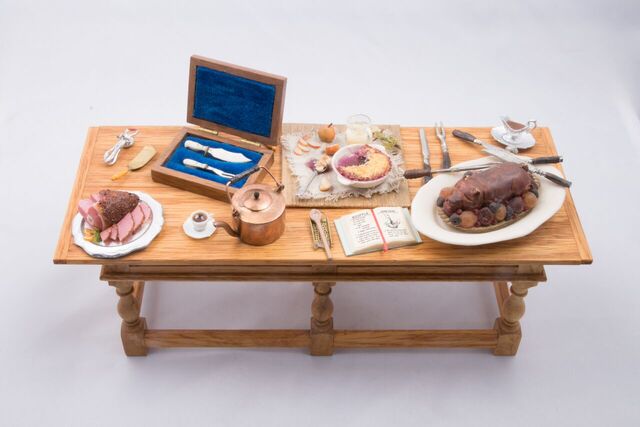
What do you want miniature enthusiasts to know Astolat Dollhouse Castle?
There’s always something more to learn, which is very exciting. I love to see people walking around the castle at Time Warner, being seduced by the experience. There’s a wonderment about it. I love watching guests take virtual trips through the expansive space. Astolat asks people to be involved with it. It’s inviting, and it’s a happy little world that you can control. It provides an escape to viewers—a sense of voyeurism—that allows them to watch what’s going on with great intent.
Dorothy Twining Globus served on the boards of The International Design Conference at Aspen; The Annette Green Museum at the Fragrance Foundation in New York City; and on the Trustees Council of the Preservation League of New York State. She was also on the faculty of the Masters Program in Design at the School of Visual Arts. Globus served as Curator of Exhibitions at the Museum of Arts and Design (MAD) in New York City from 2004-2013. She played an integral role in the planning and presentation of MAD’s exhibition program. From 1993 through 2000, Globus was Director of the Museum at the Fashion Institute of Technology (FIT) in New York City, where she was responsible for a collection of over 50,000 costume pieces, and some 30,000 textiles. Prior to being the Director of the Museum at the FIT, Globus was Curator of Exhibitions at the Cooper-Hewitt, Smithsonian National Museum of Design in New York City for 20 years, where she presented nearly 200 exhibitions on all aspects of design. Additionally, Globus has also organized numerous exhibitions as an independent curator.
Astolat Dollhouse Castle is the world’s most valuable dollhouse in the world, officially appraised at $8.5 million. The dollhouse castle is now on display at the Shops at Columbus Circle, Time Warner Center, through Tuesday, December 8. Miniatures from the Astolat Dollhouse Castle collection will be auctioned off in the near future to benefit children’s charities; this is an opportunity for miniature collectors and enthusiasts to own a piece of the dollhouse castle and to help children. Auction information will soon be posted at www.dollhousecastle.com. To learn more about the famous dollhouse, and to see many more photos, visit the Astolat Dollhouse Castle website. You can also follow along on Facebook, Twitter, and Instagram using the hashtag #dollhousecastle.
